Table of Content
Sonoma State Historic Park | Introduction
It is well known that Sonoma is one of the wine regions in Northern California, and the Sonoma State Historic Park is located here. This historic park documents the early history of California, from the arrival of Spanish missionaries, through the period of Mexican rule, to the transition to becoming part of the United States. The core part is right across from Sonoma Plaza in the center of town, making it a place where one can deeply understand California. Surrounded by vineyards, historic buildings, and shops, it is perfect for a weekend visit.
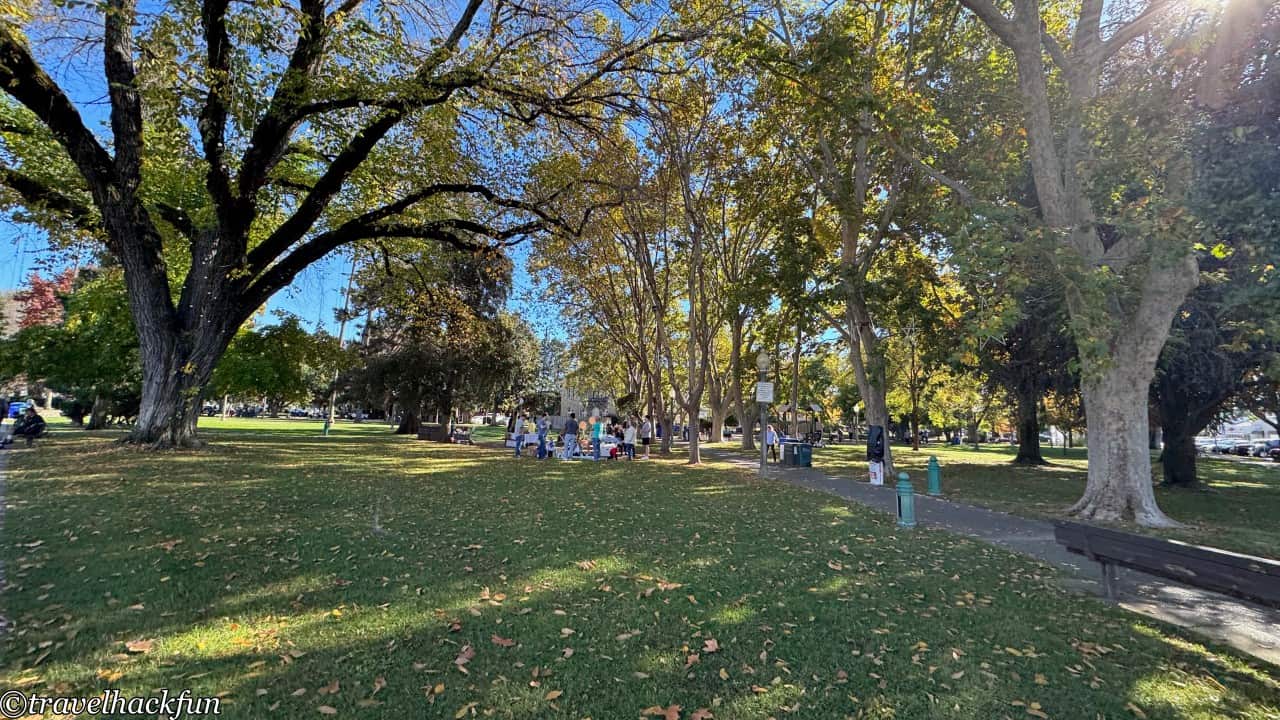

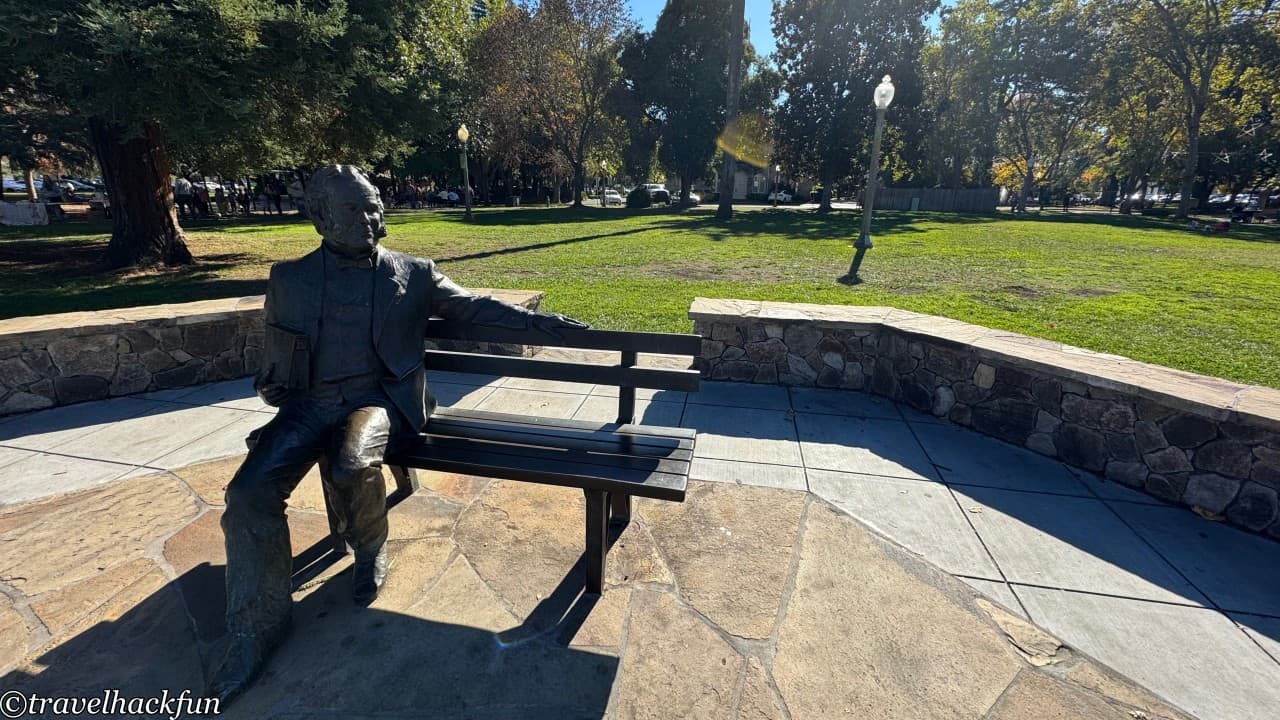
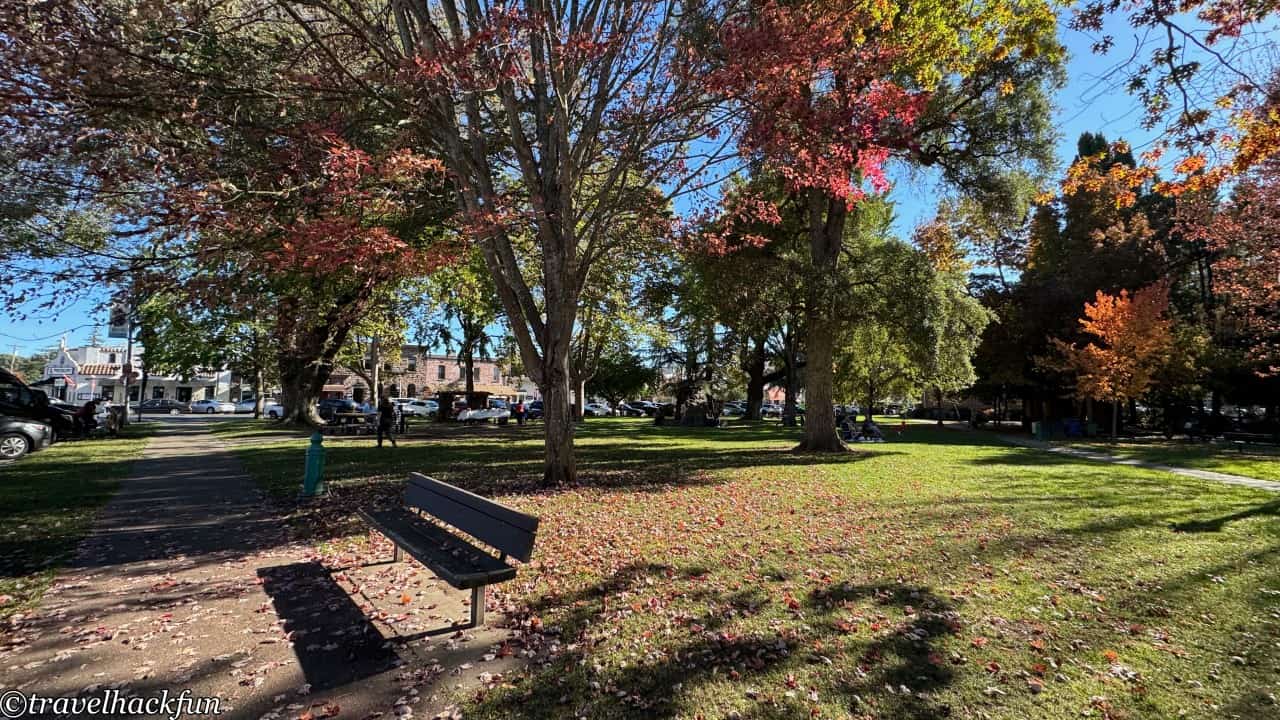
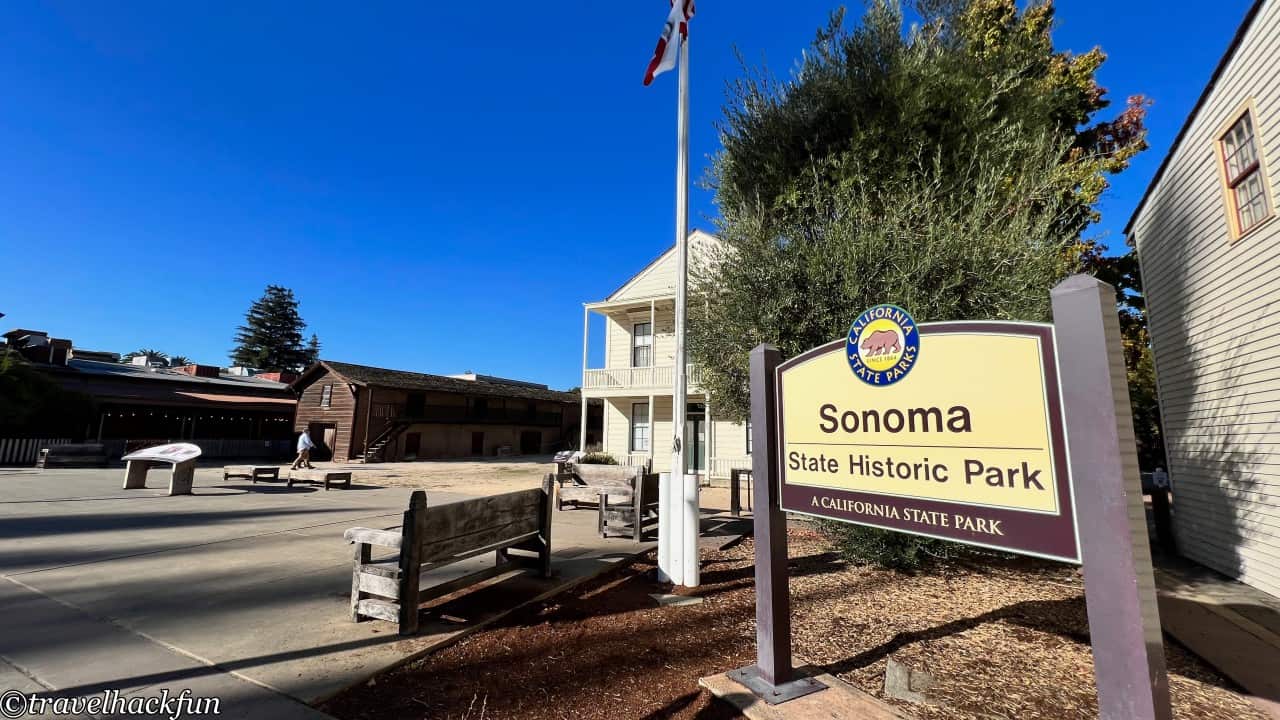
The Sonoma State Historic Park actually comprises three areas located in the town center: Mission San Francisco Solano, Sonoma Barracks, and The Vallejo Homes. Admission is required, costing $3 per person. Besides these three areas, you can also visit the slightly more distant Petaluma Adobe Historic Park. Although the attractions are not far from each other, it is still more convenient to drive. If you are driving yourself, you can park in the large parking lot behind the Sonoma Barracks.
Attractions | Mission San Francisco Solano
Mission San Francisco Solano is one of the most well-known landmarks within Sonoma State Historic Park. It was one of the missions built by the Spanish during the colonial period in California in 1823. If you often travel around California, you might be quite familiar with this type of building. During those years, the Spanish spread their missions throughout California, building a total of 21 missions from Mexico northward over three hundred years, from 1523 to 1823. This route is known as the Mission Trail, with locations like the Old Mission in Santa Barbara being one of the stops along the way. The mission located in Sonoma is the northernmost mission on the Mission Trail.
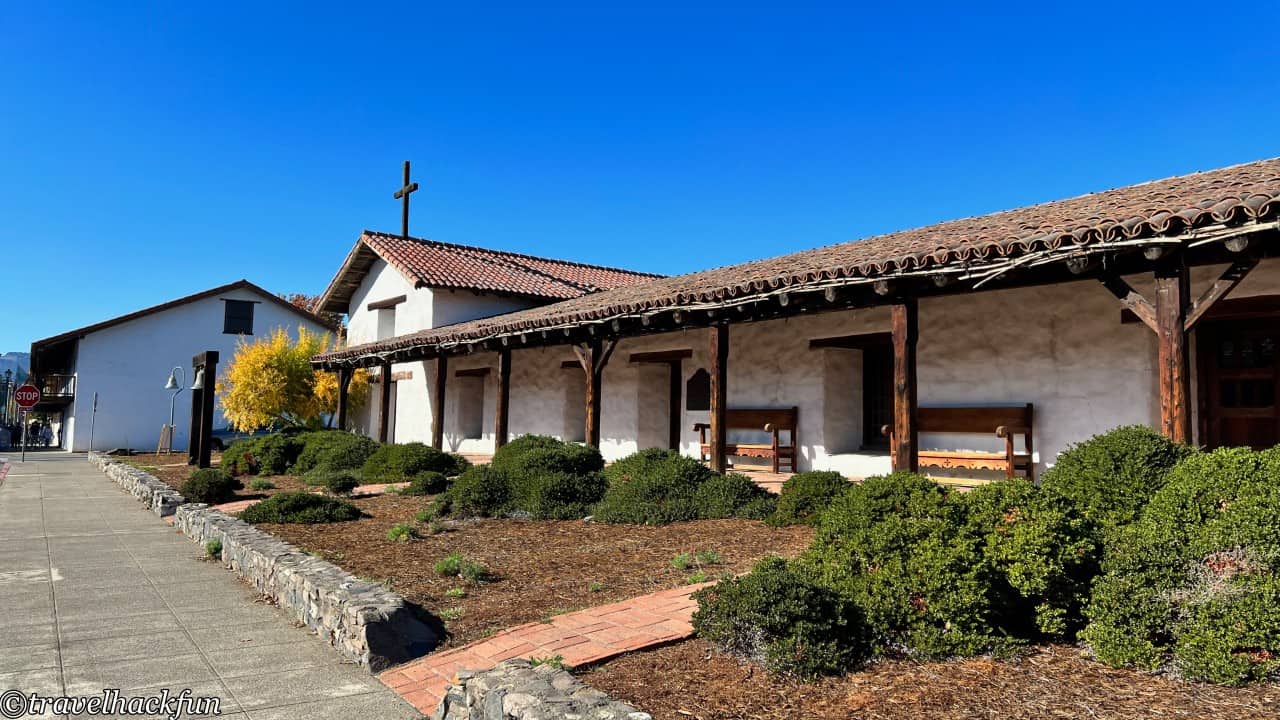

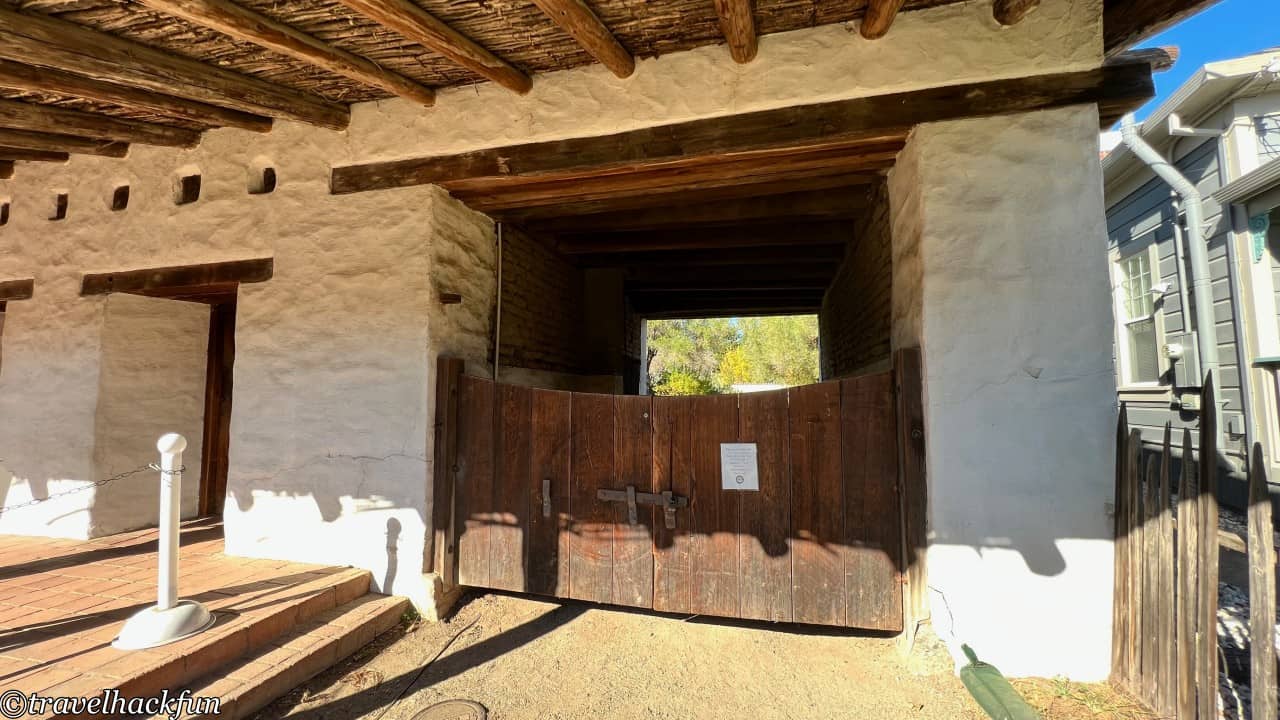
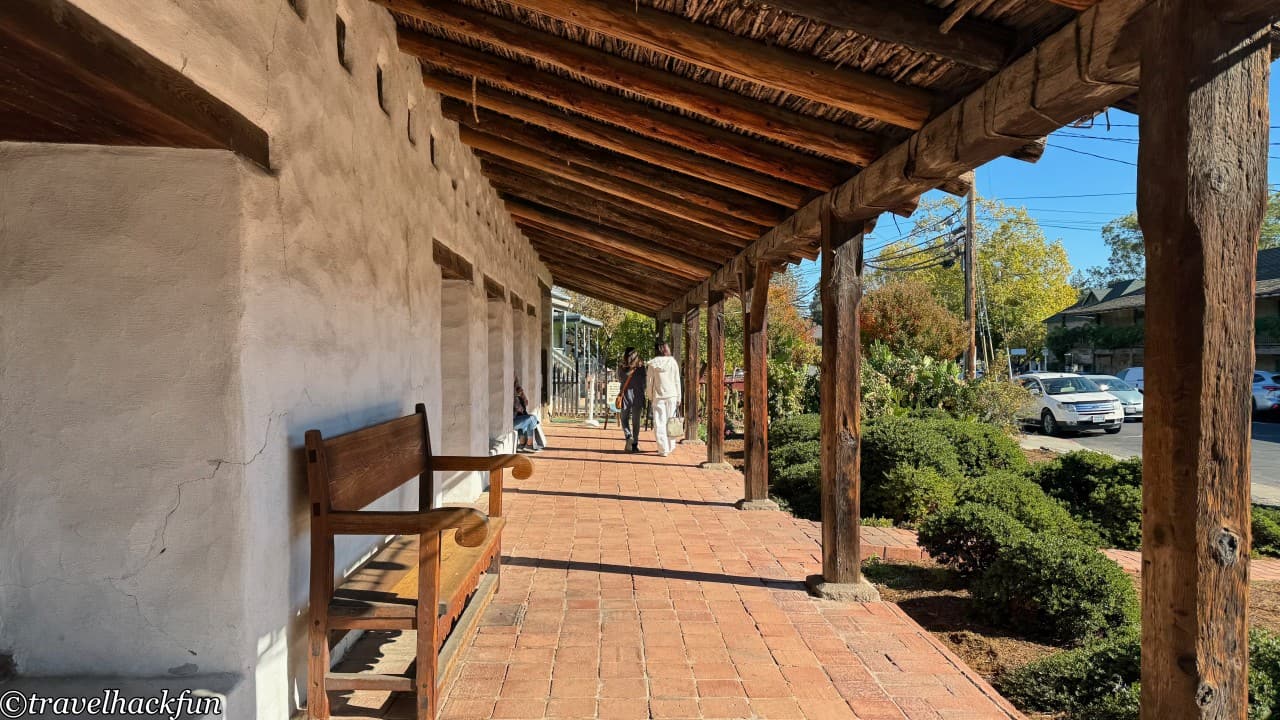
Mission San Francisco Solano is not only the northernmost mission but also the last one built, which is why its preservation is quite intact. Why did they stop building further north? Actually, beyond that point was the area where the Russian Orthodox mission was spreading. The Fort Ross we visited before is an example of the Russian Orthodox presence at the time. It is said that the decision to build in Sonoma was made in haste to secure the territory and prevent the Russian forces from pushing further south.
After purchasing tickets and entering, we first visited the indoor Bell Room, Dining Room, and the small chapel. Inside the Bell Room and Dining Room, there were numerous static exhibits. Apart from historical explanations, visitors could also see photographs depicting various periods in the history of the mission station.
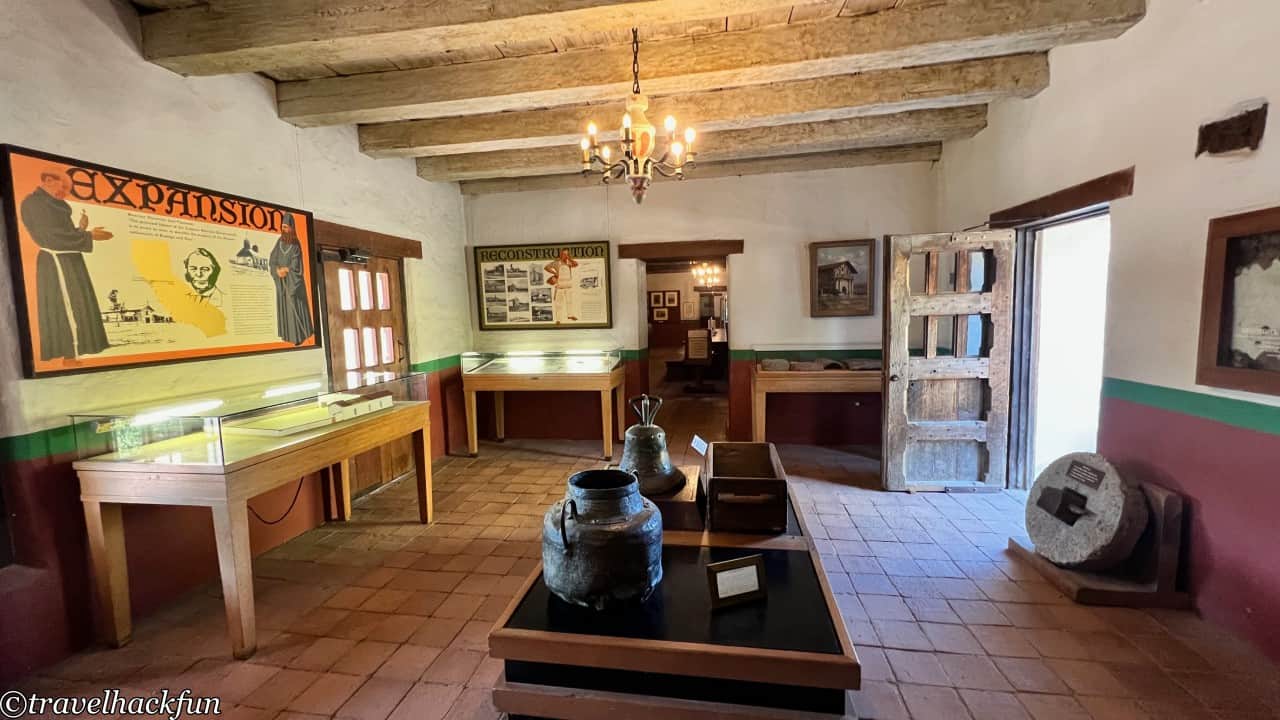

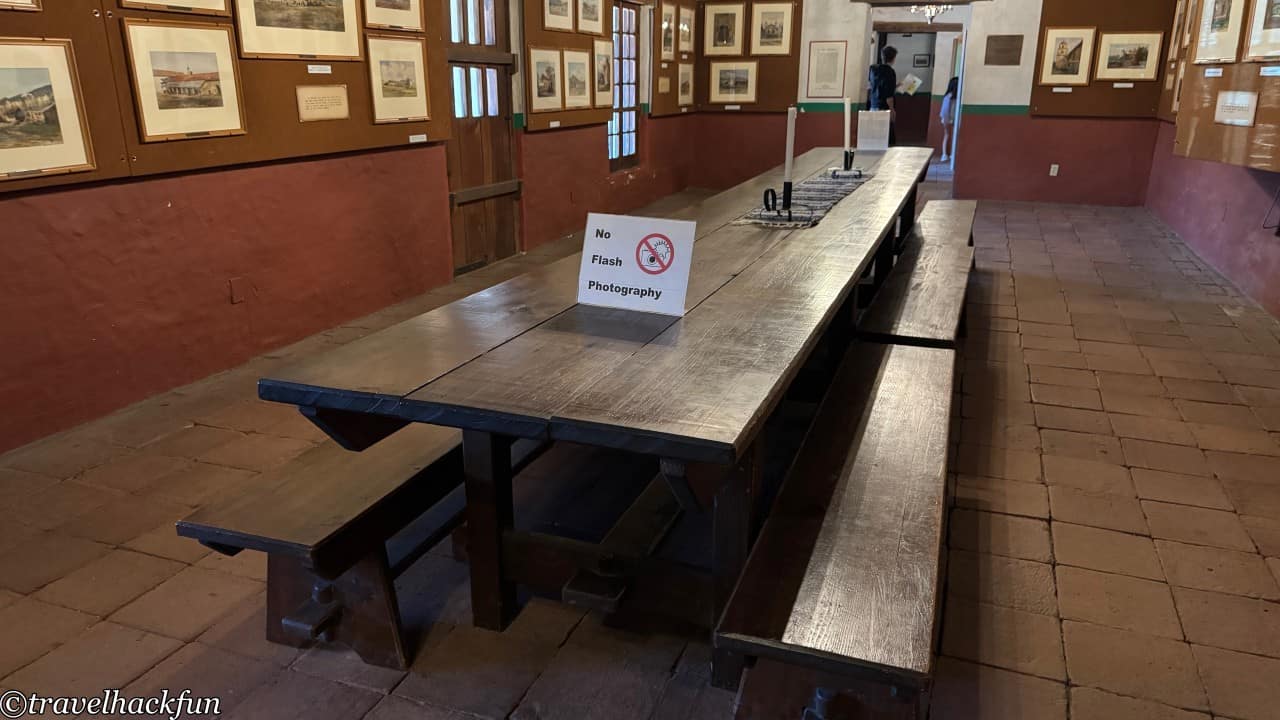
The small chapel at the heart of the mission was actually constructed in 1840 by the later General Mariano Vallejo. It replaced the original Spanish mission church. However, the decoration of this chapel still reflects the typical style of decoration seen during the missionary period.
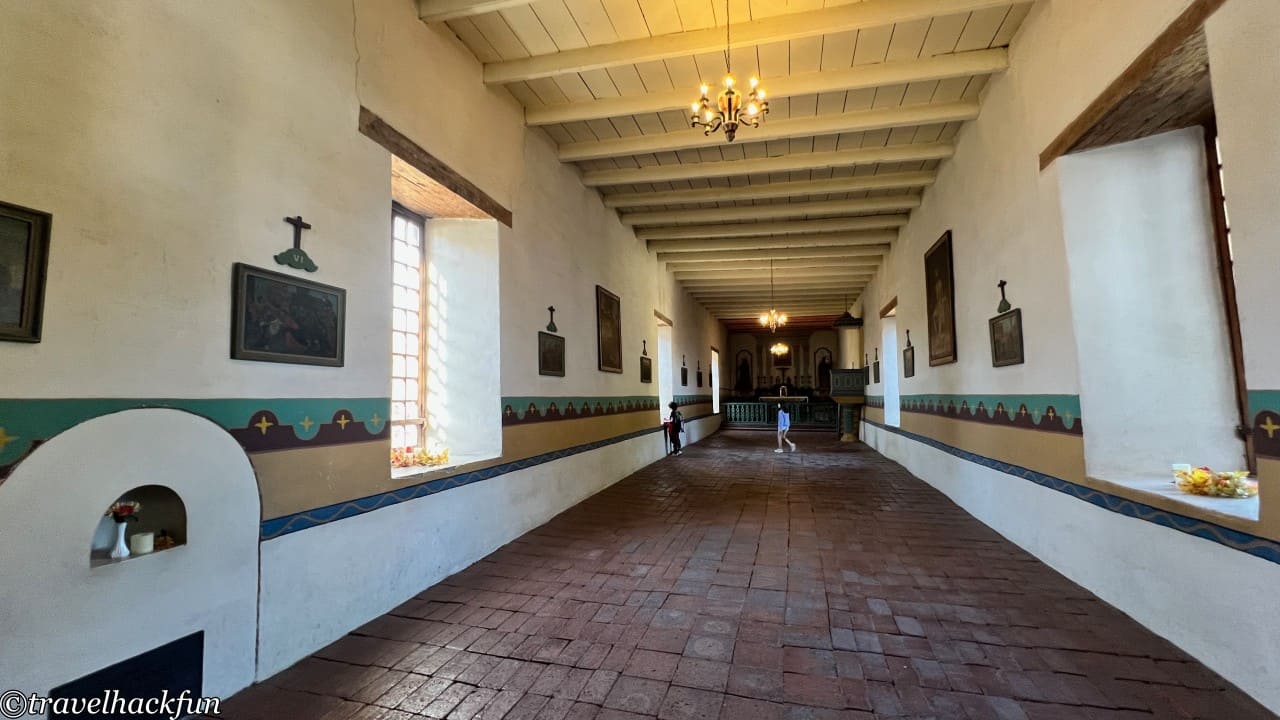

Leaving the indoors, we arrived at the courtyard at the rear. Here, there's a deliberate effort to plant the same kinds of vegetation that grew during the missionary period, including cacti. Towards the back, there's a kitchen and the Women’s quarter, which was likely the dormitory area for the nuns in the past.
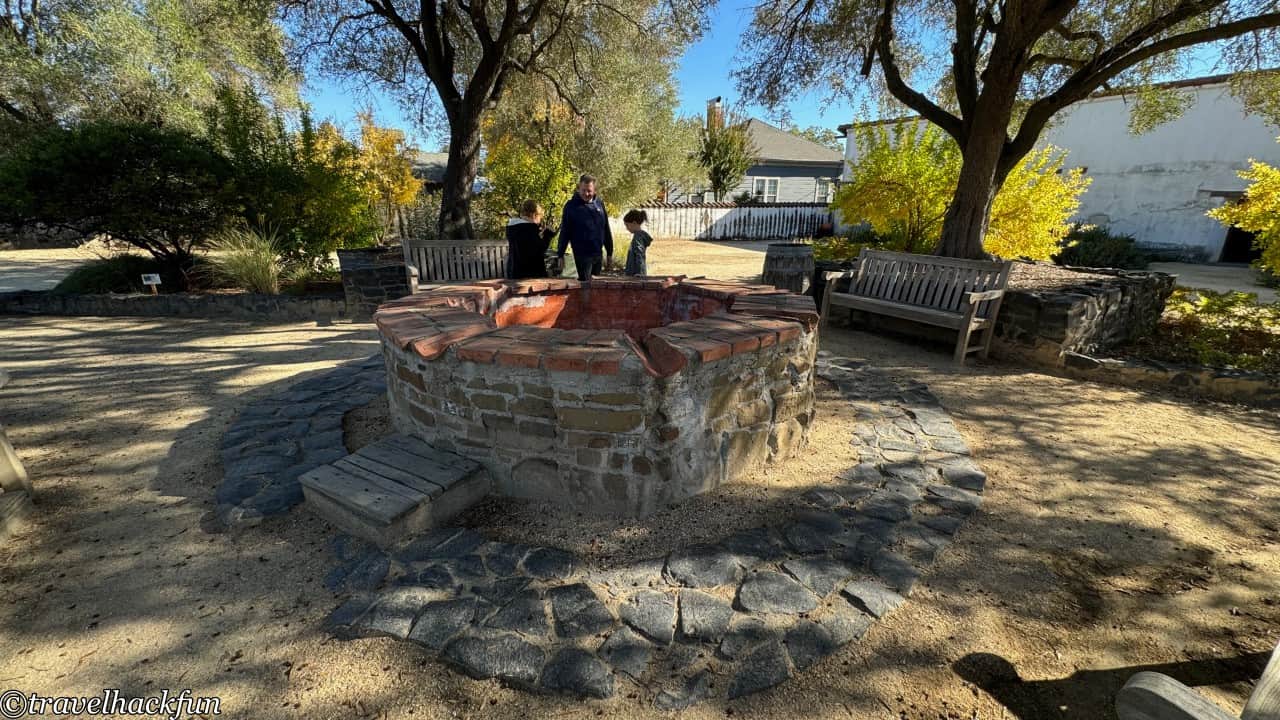

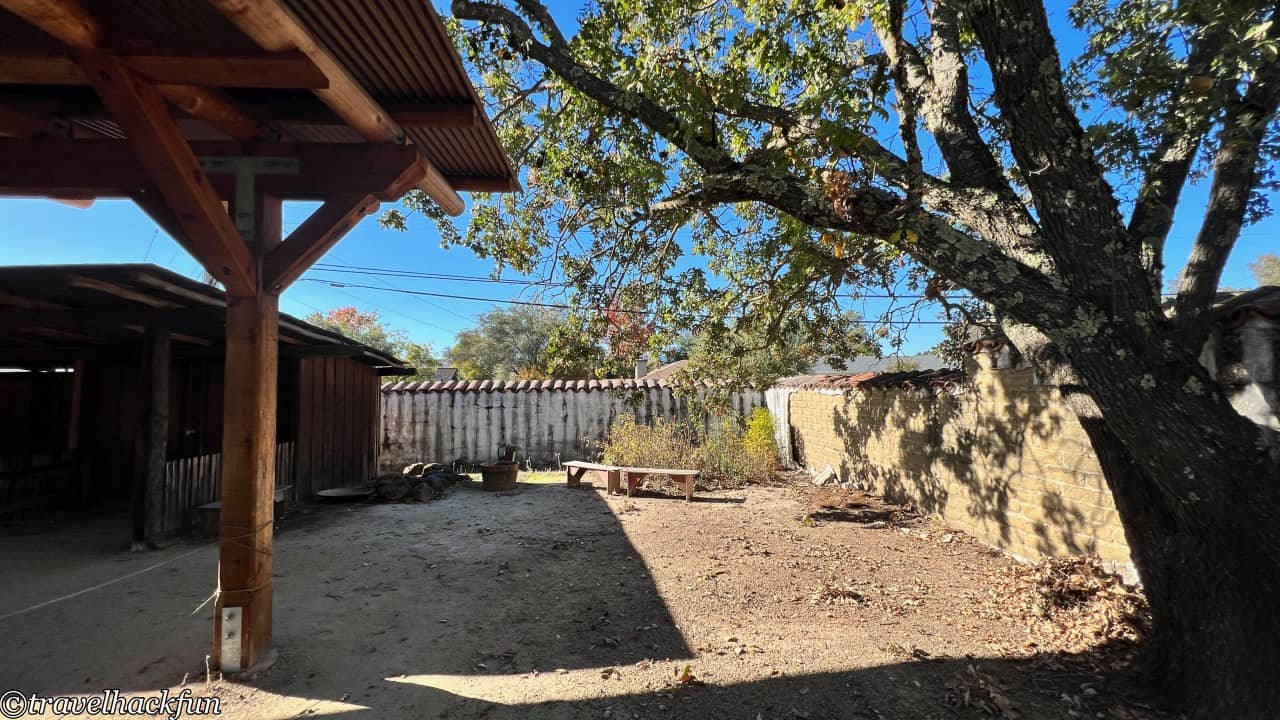
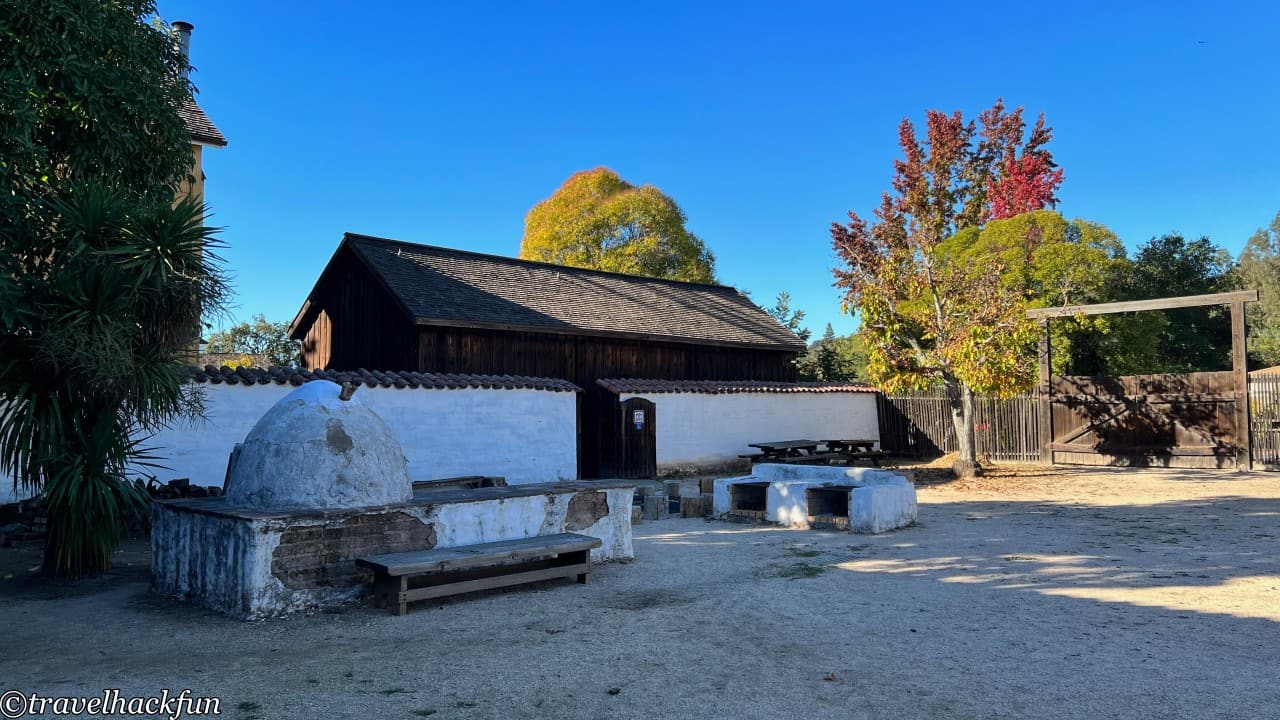

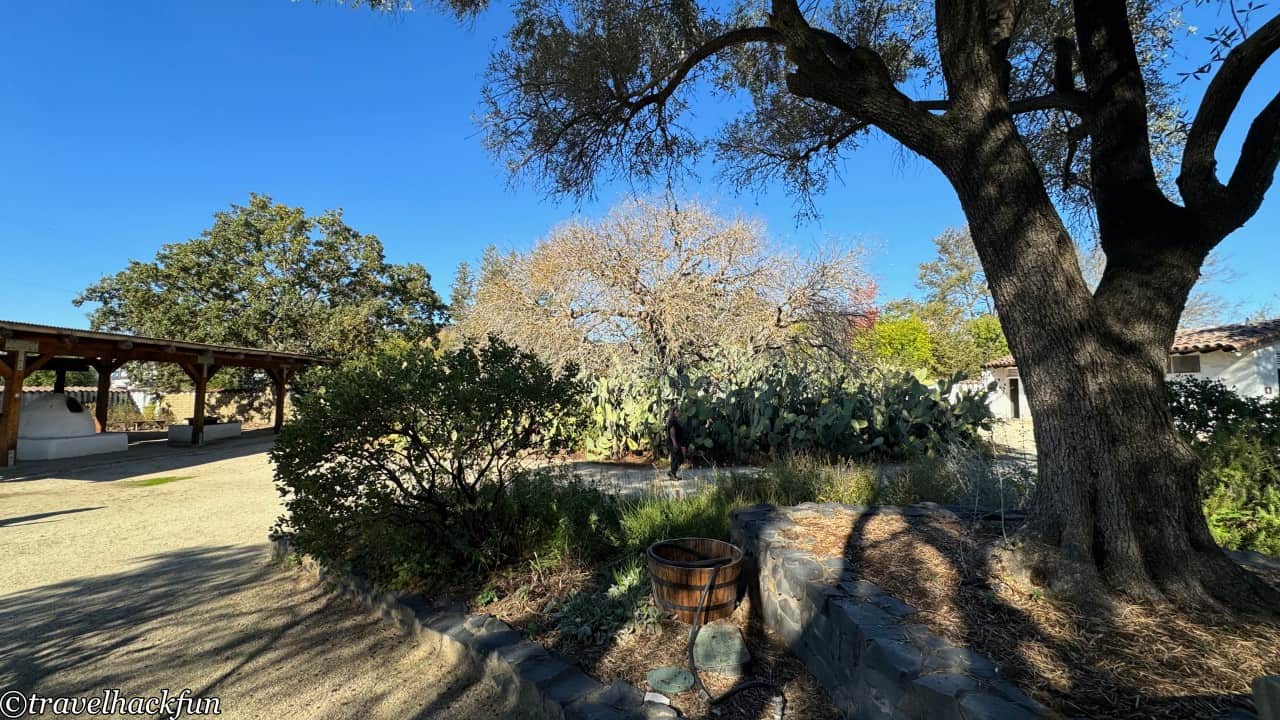
Attractions | The Sonoma Barracks
The history of the Sonoma Barracks area is quite intriguing, situated right next to Mission San Francisco Solano, it records many significant events in California history. The barracks are two stories high, with a theater on the left and a museum on the right. Visiting here provides an opportunity to learn many interesting things. The view from the second floor is also quite magnificent.
When you come here, you must remember one name: Vallejo. This person was extremely influential in Sonoma and throughout California in the 19th century. The barracks were established around 1834 when California was still part of Mexican territory. Vallejo was the commander appointed by the Mexican army, and he established a military outpost here, leading a group of Mexican soldiers from San Francisco.
In 1846, when the Mexican-American War broke out, immigrants in California initiated the so-called "Bear Flag Revolt," declaring the establishment of the independent California Republic. The original Bear Flag was made in this barracks, and a replica of the first Bear Flag is still preserved in the museum today. Although this area was briefly taken over by the California Republic, the history of the California Republic was short-lived, lasting less than a month from June to July. Soon after, California was annexed by the United States.
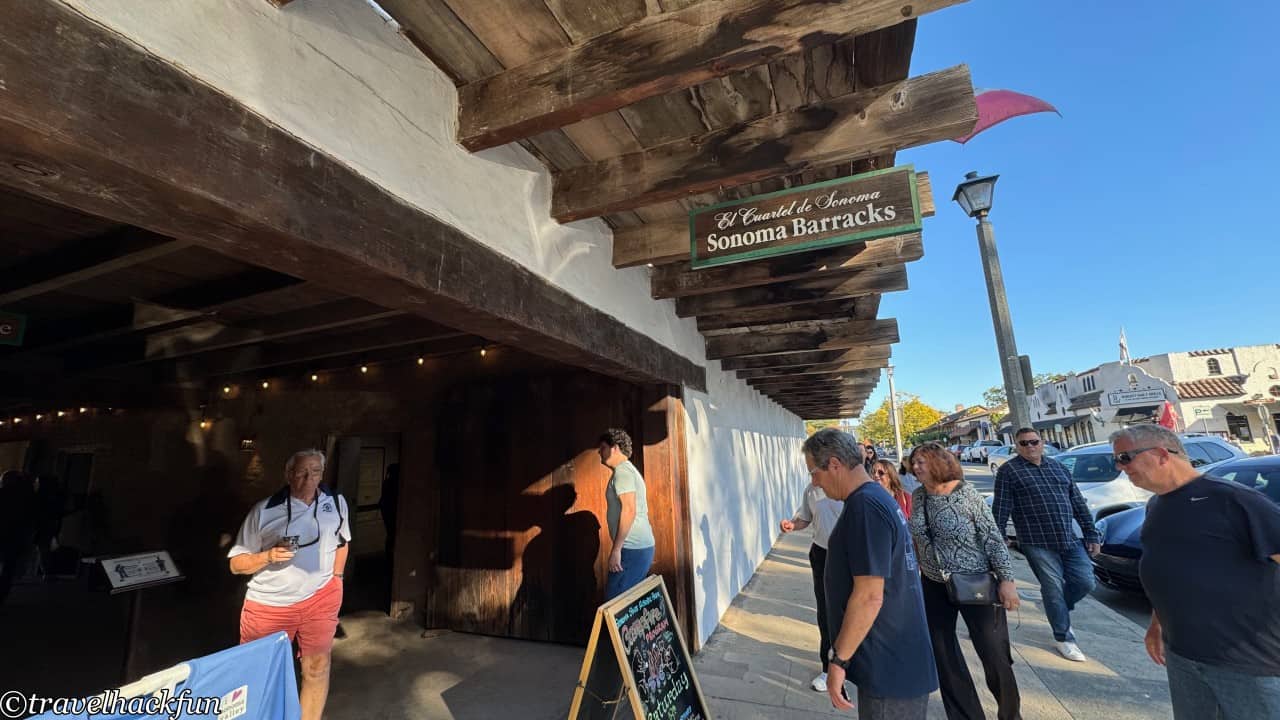
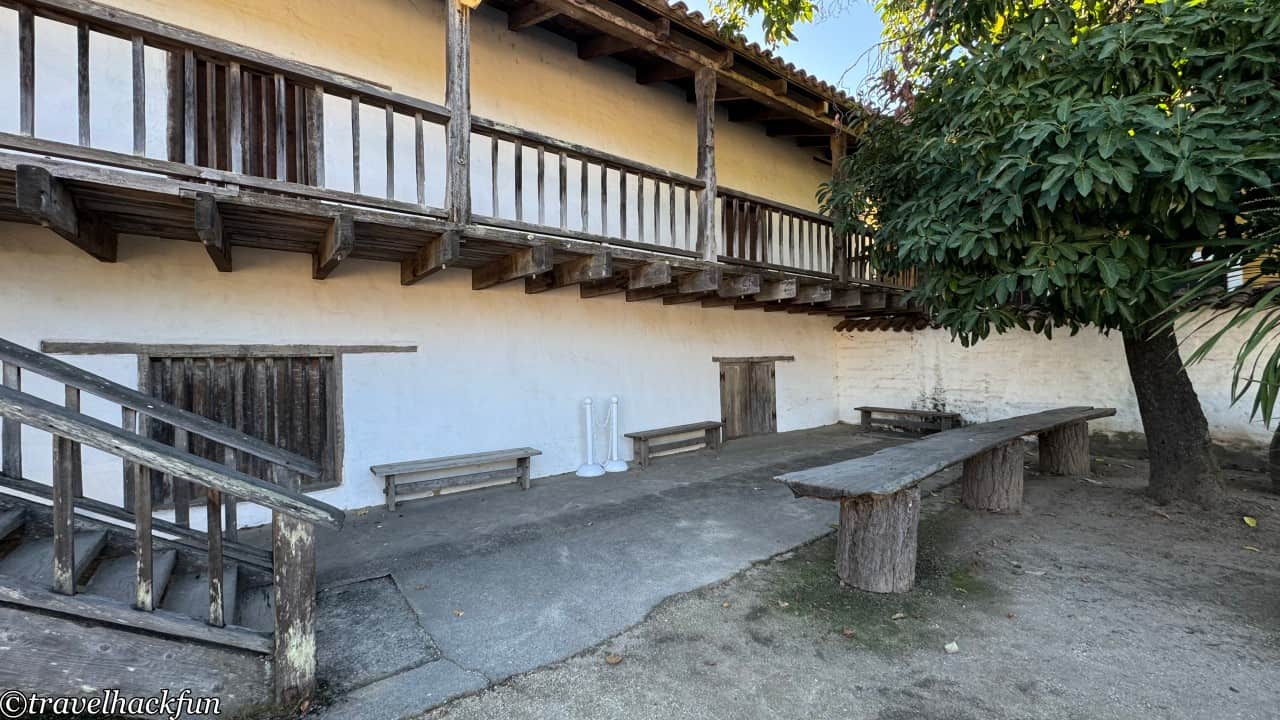
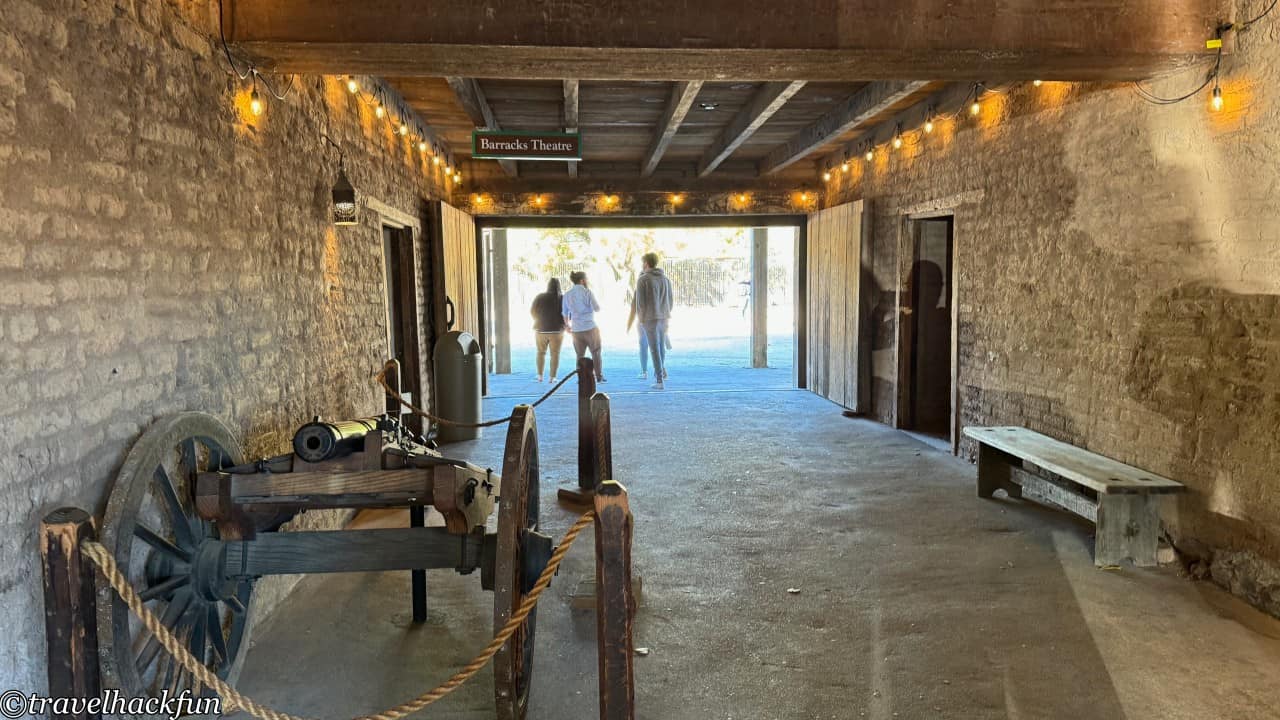
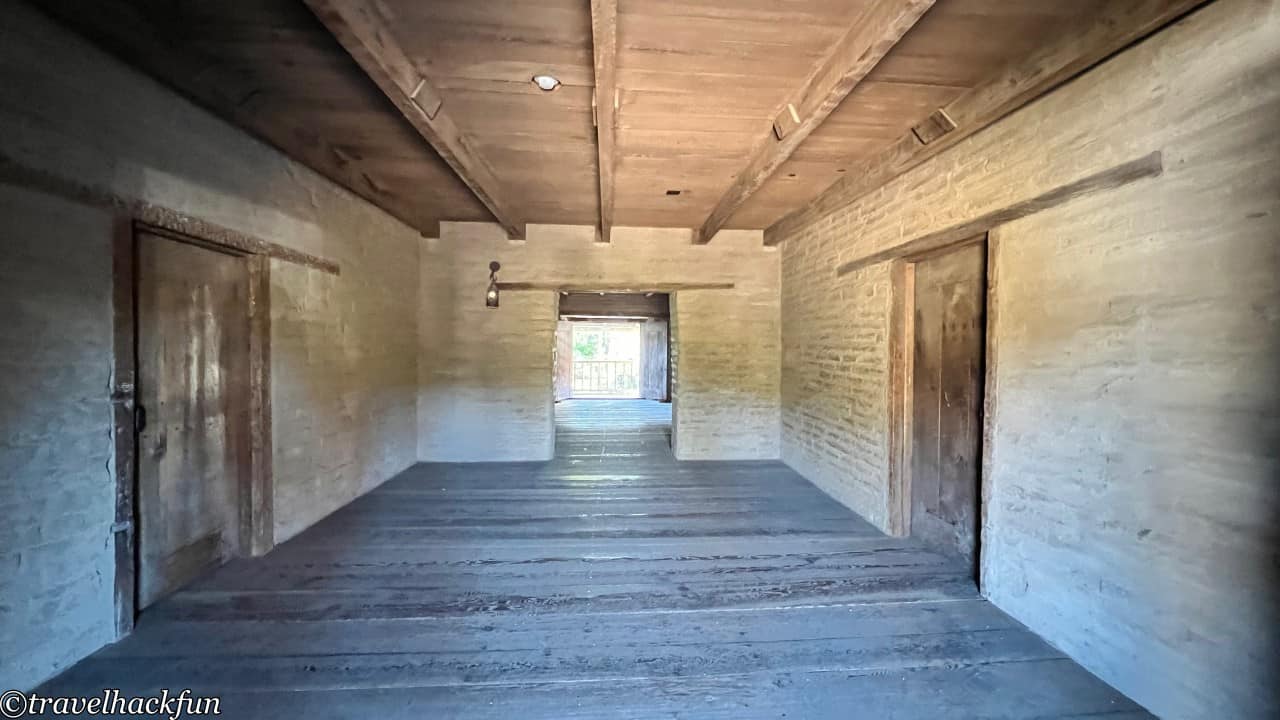


When Vallejo served as commander here, this area was his home, known as Casa Grande. The original main house was a two-story mansion with a three-story tower. Unfortunately, in 1867, most of the buildings were destroyed by fire. Now, only the Servant’s Quarter, which was originally the dormitory for servants, remains. However, judging from its size, one can imagine how large and luxurious the original mansion of the master must have been.
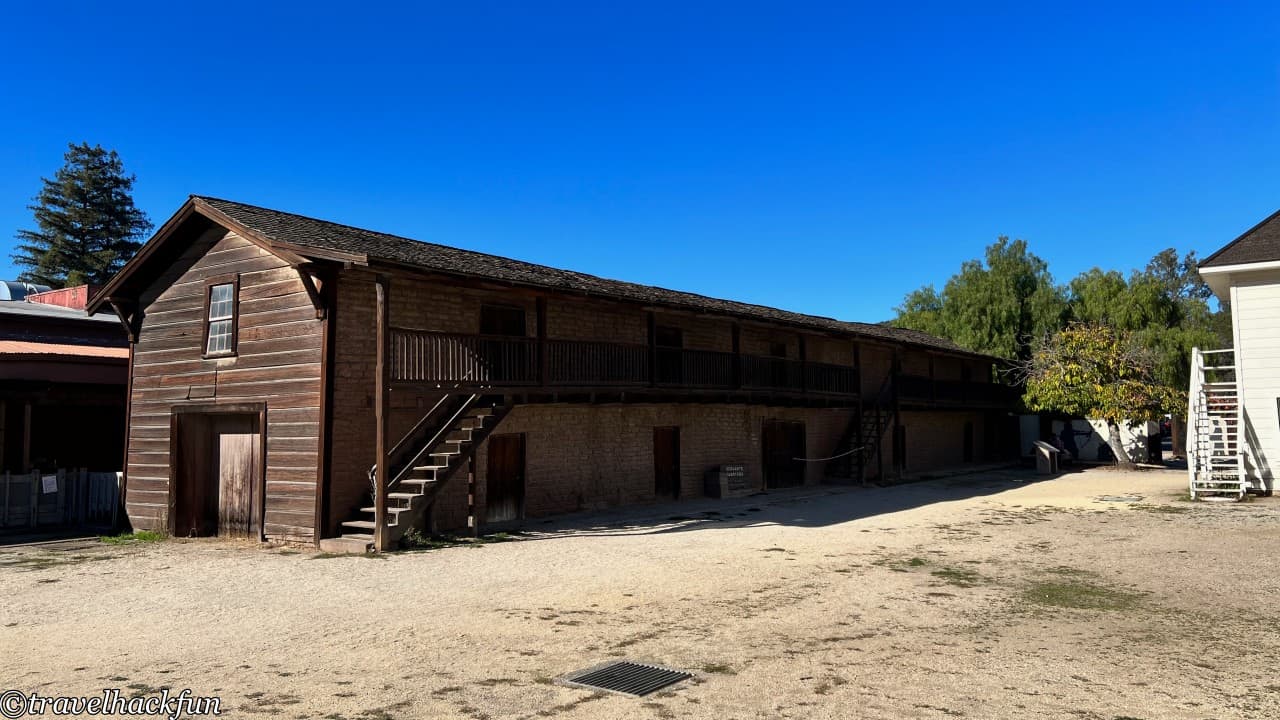
Attractions | The Toscano Hotel and The Toscano Kitchen
The neighboring Toscano Hotel was built a bit later, in 1850.
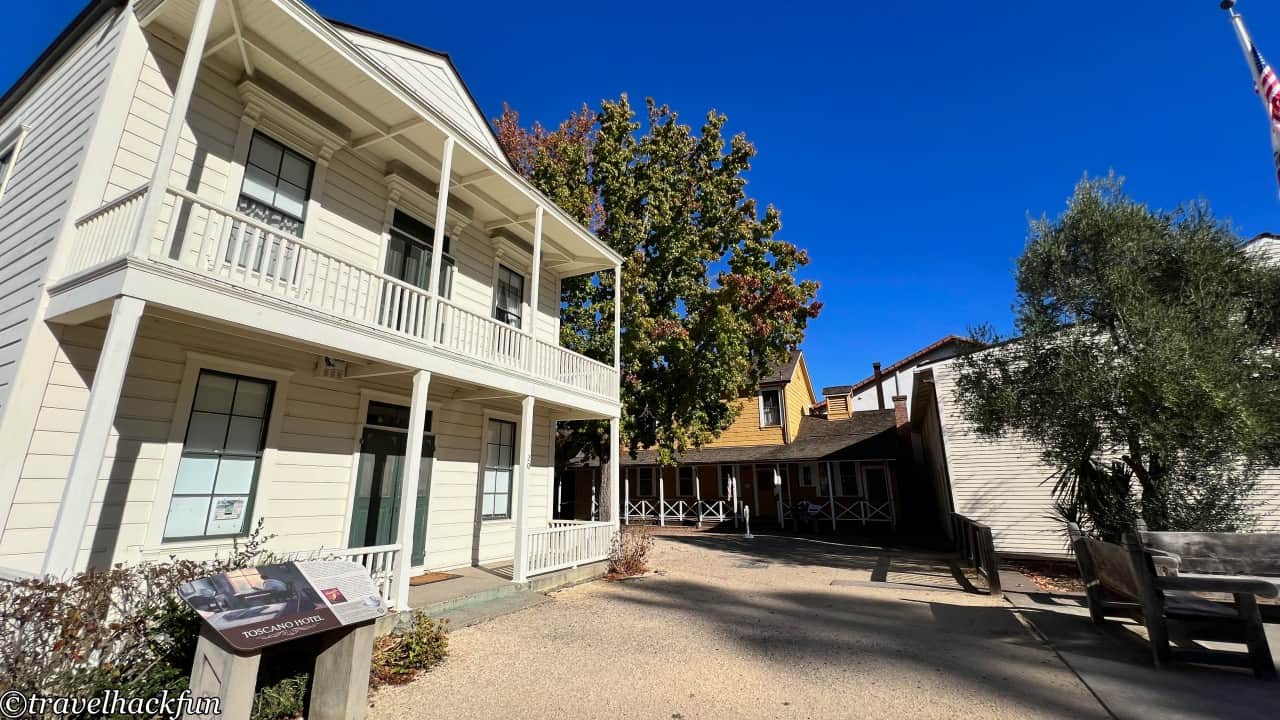
The interior of the Toscano Hotel is also well-preserved. In 1906, staying overnight with three meals included cost only $1.00 USD. At that time, many Italian immigrants came to Sonoma for work and stayed here. Visiting both the Toscano Hotel and the adjacent Toscano Restaurant is very interesting. The history is explained by local volunteer ladies, and chatting with them can teach you a lot.
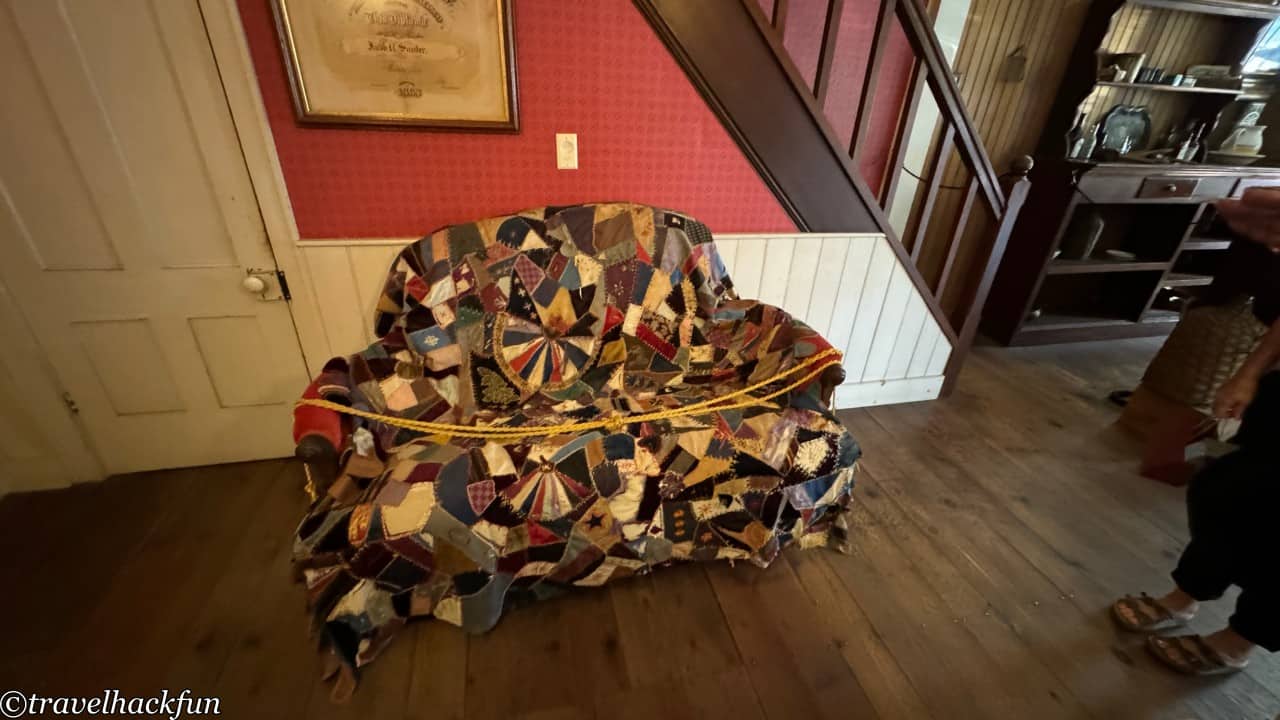
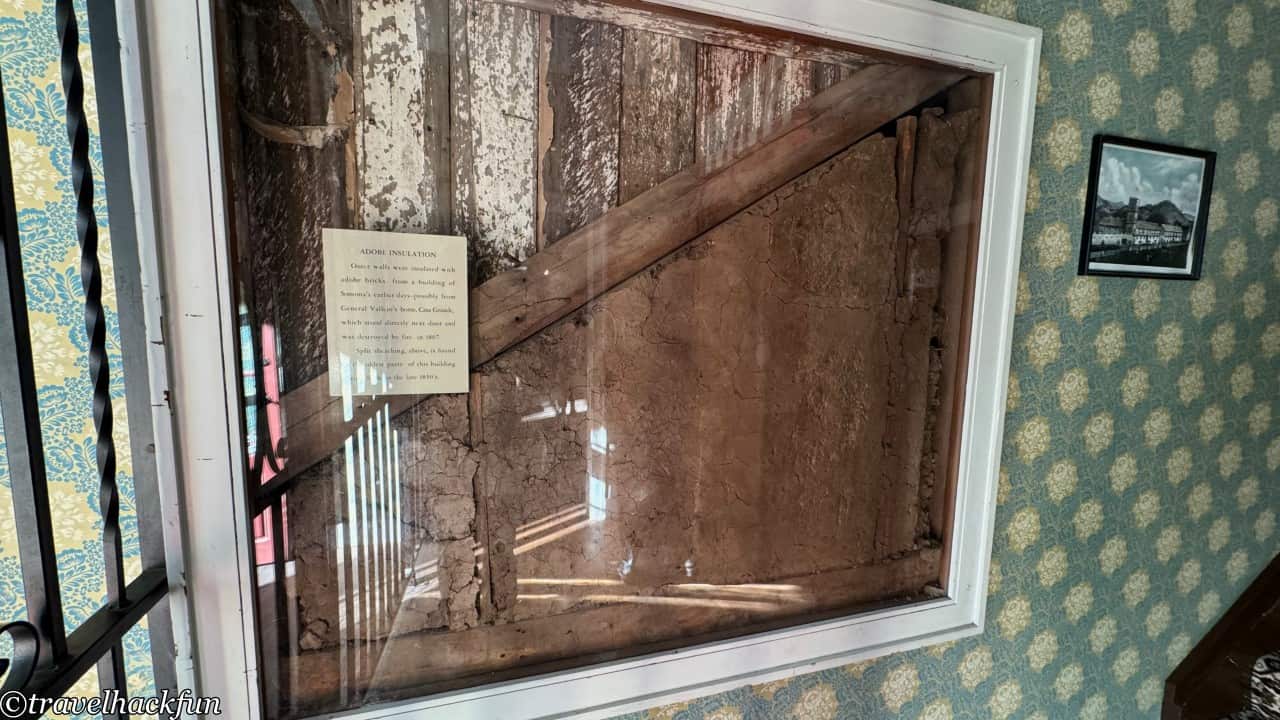
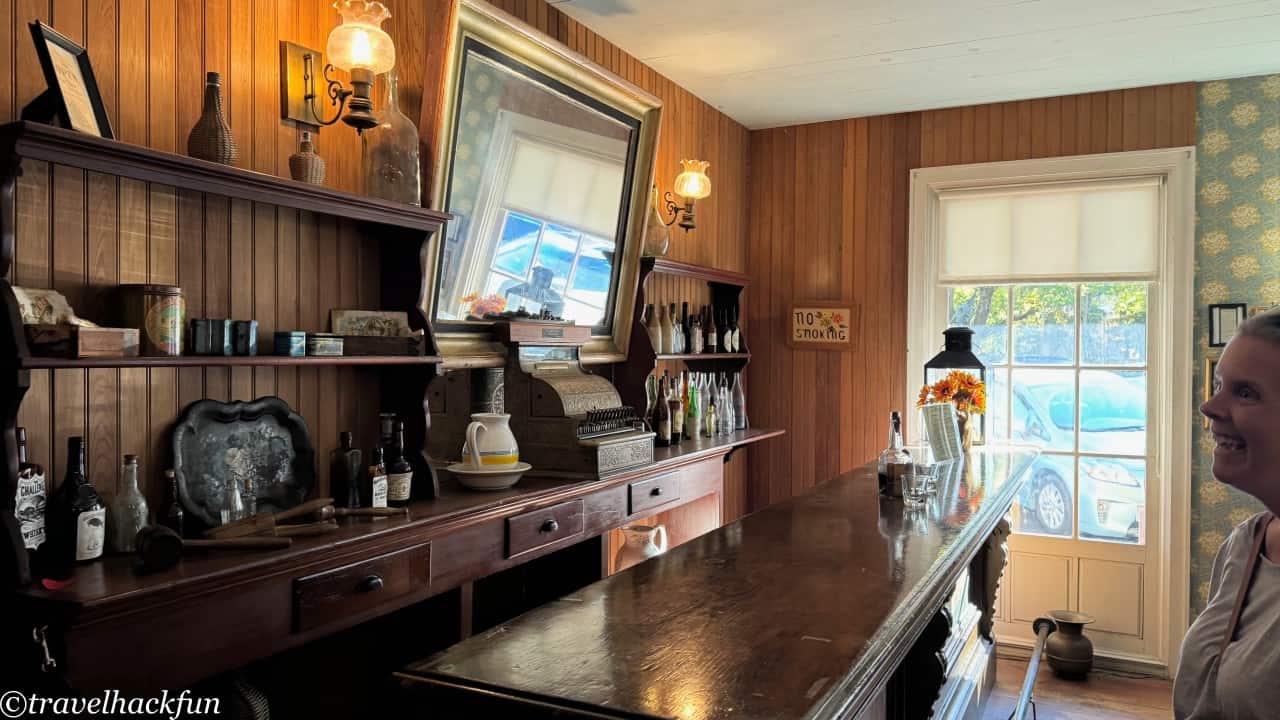
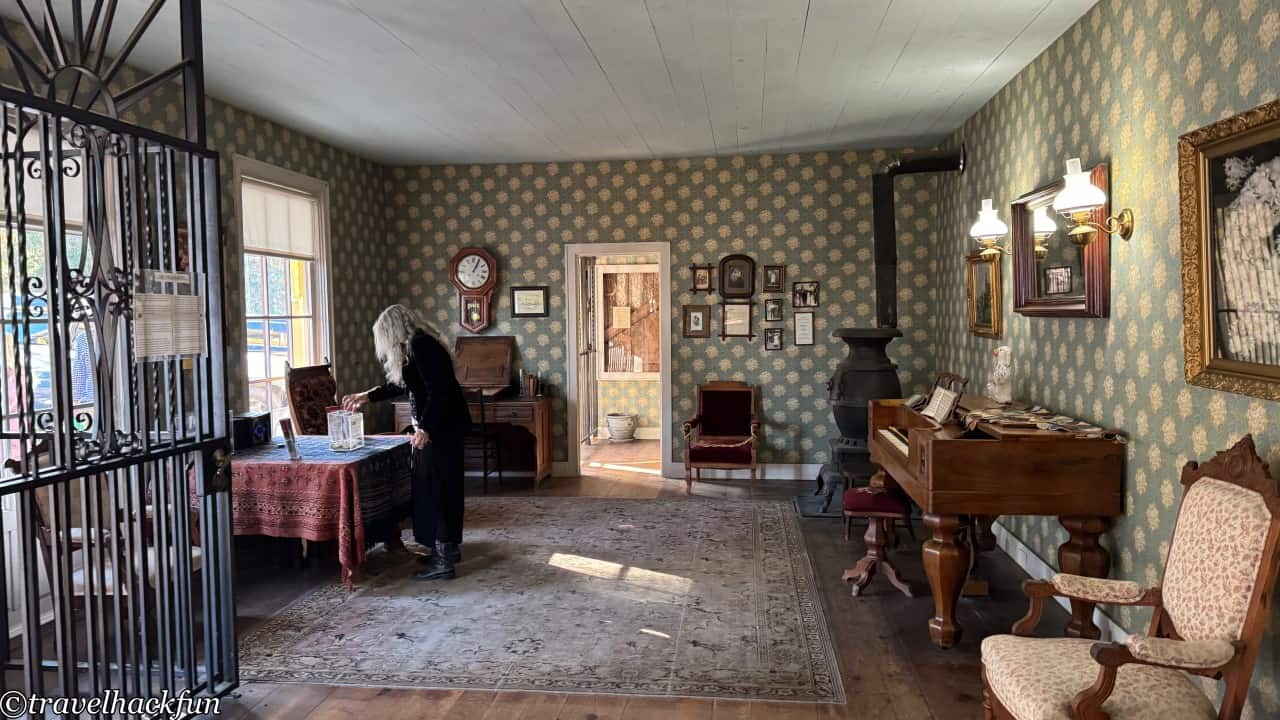
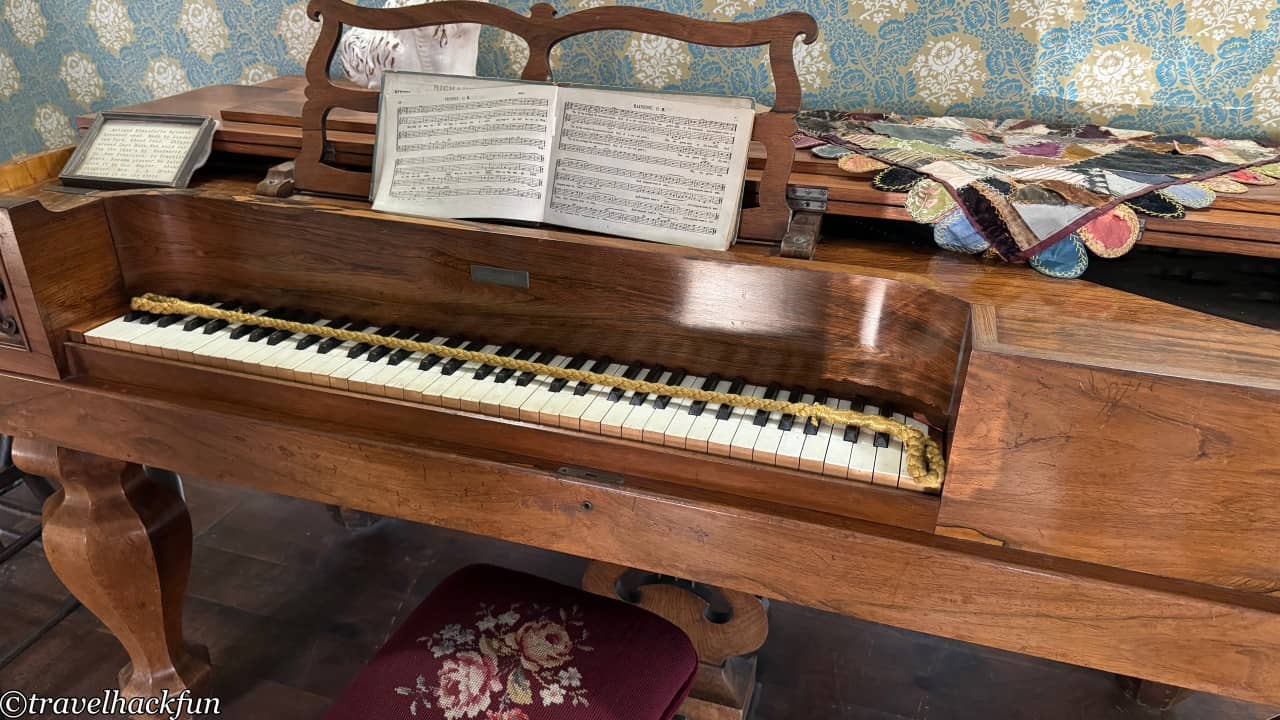
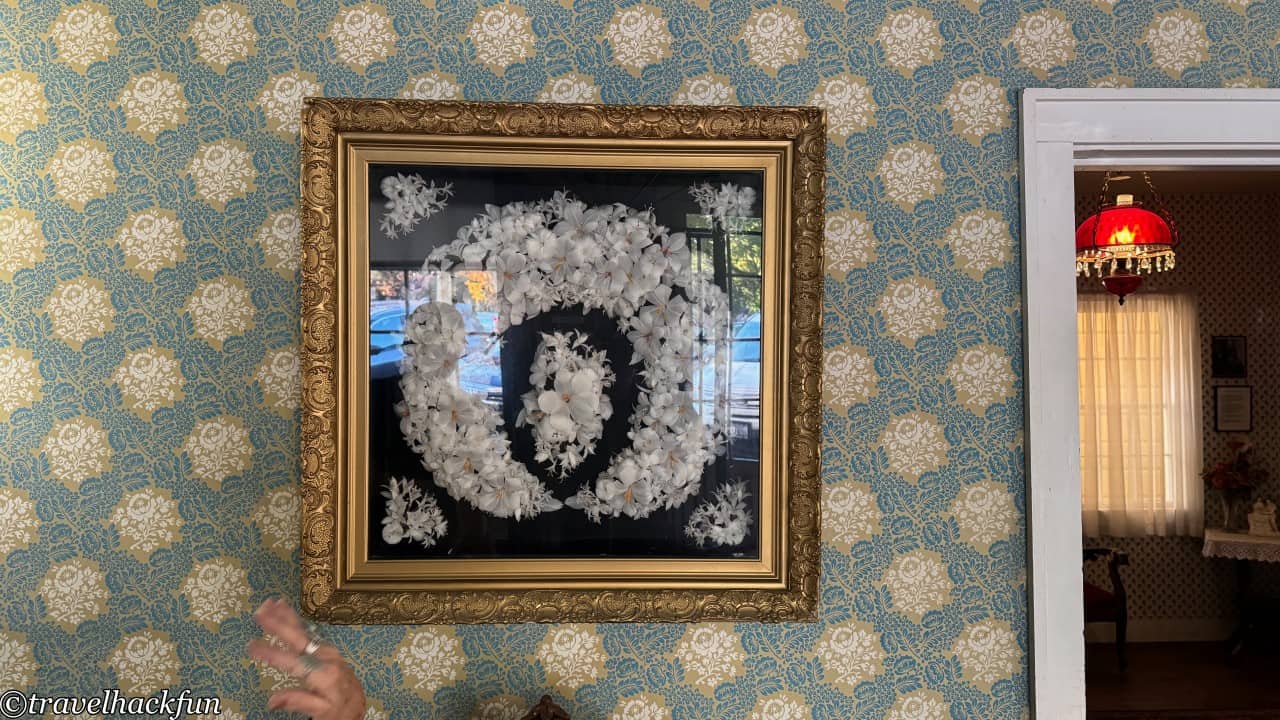
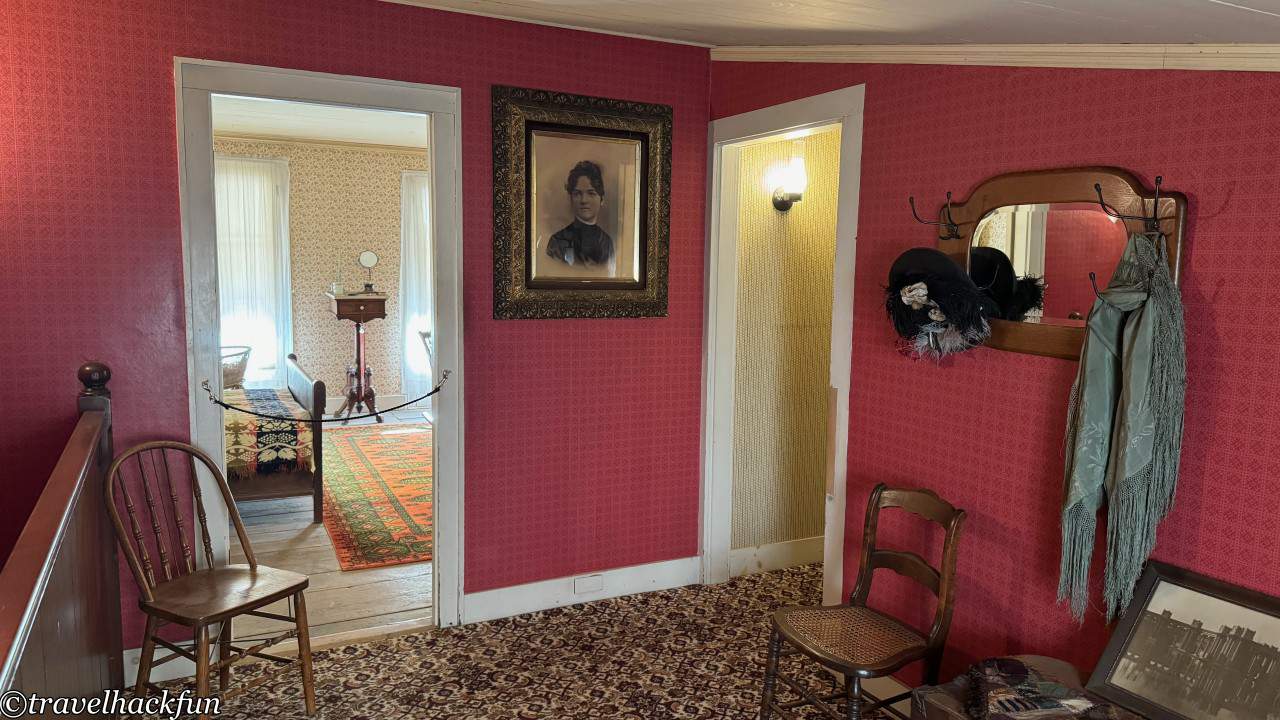

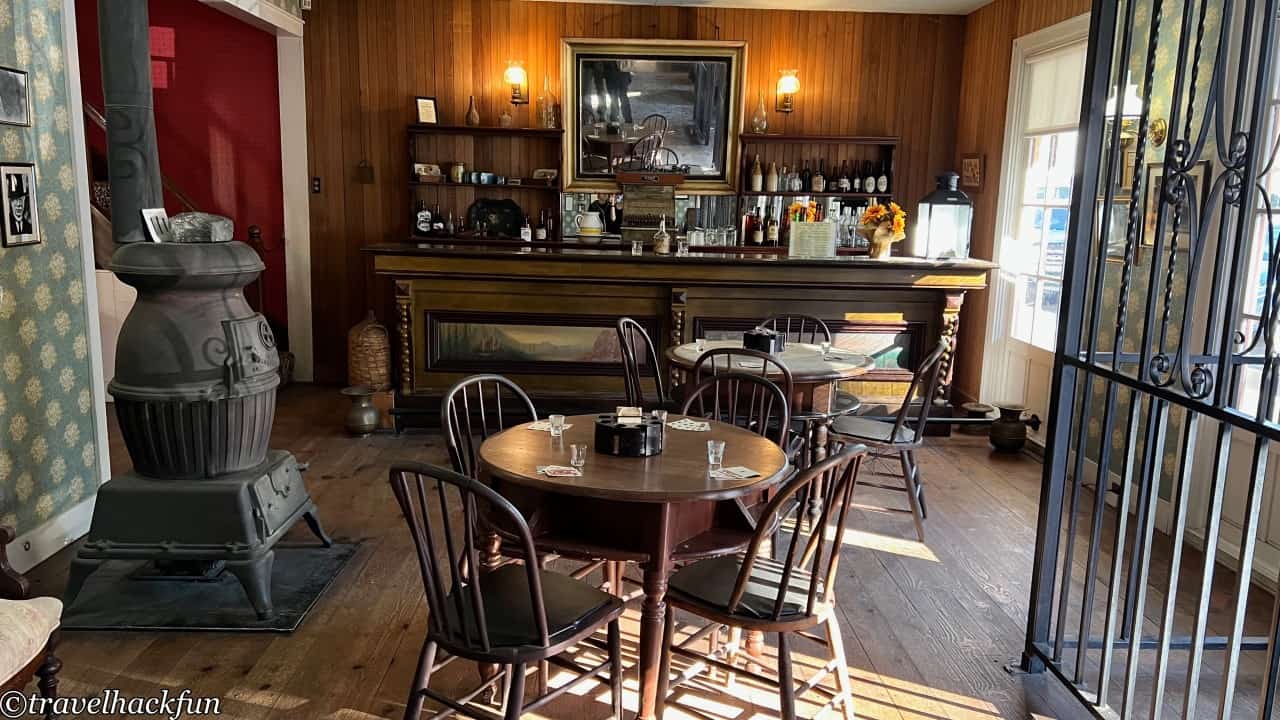
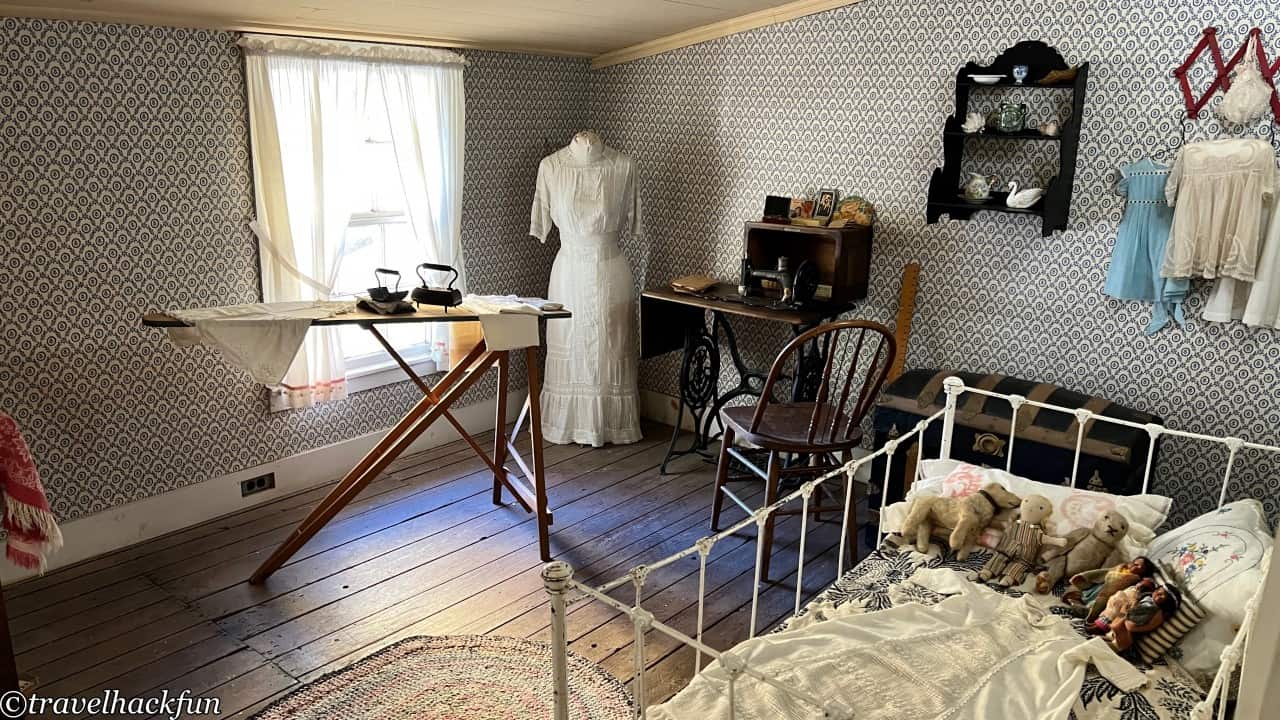

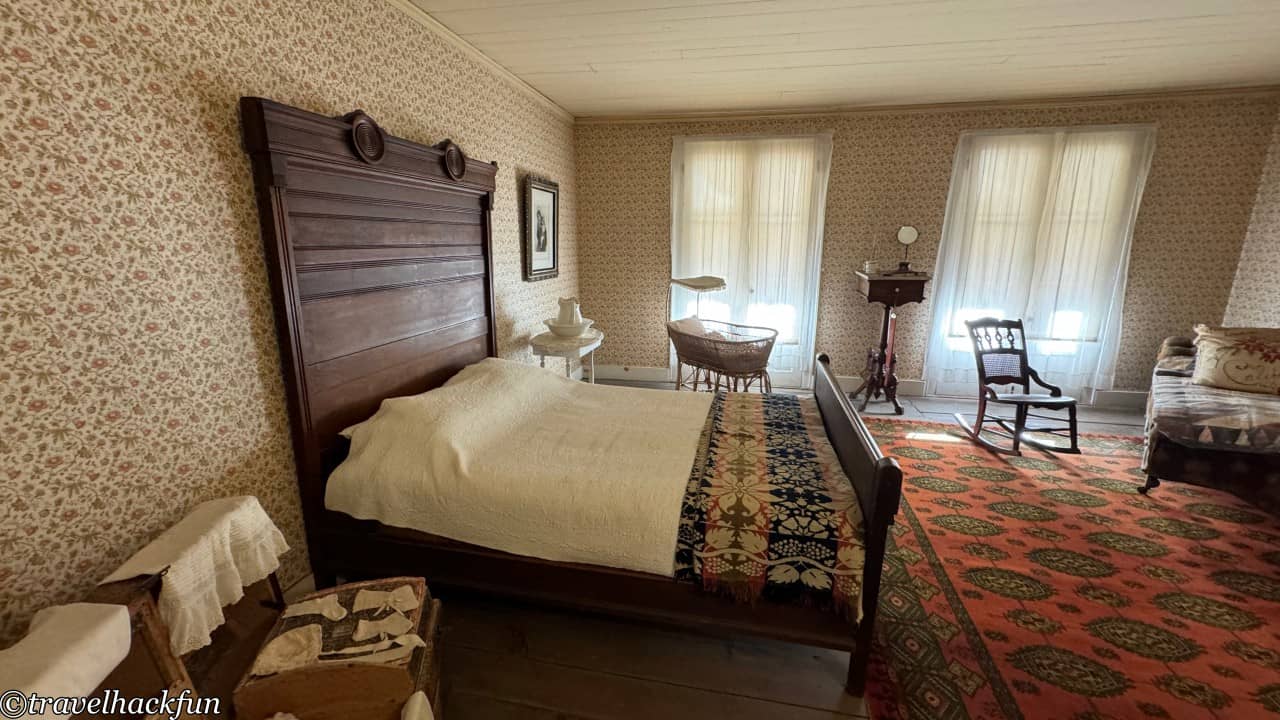
The yellow house in the back is a newer addition, dating back to 1902, known as the old restaurant, The Toscano Kitchen. It operated until 1955 and was originally owned by descendants of Tuscan immigrants to California.
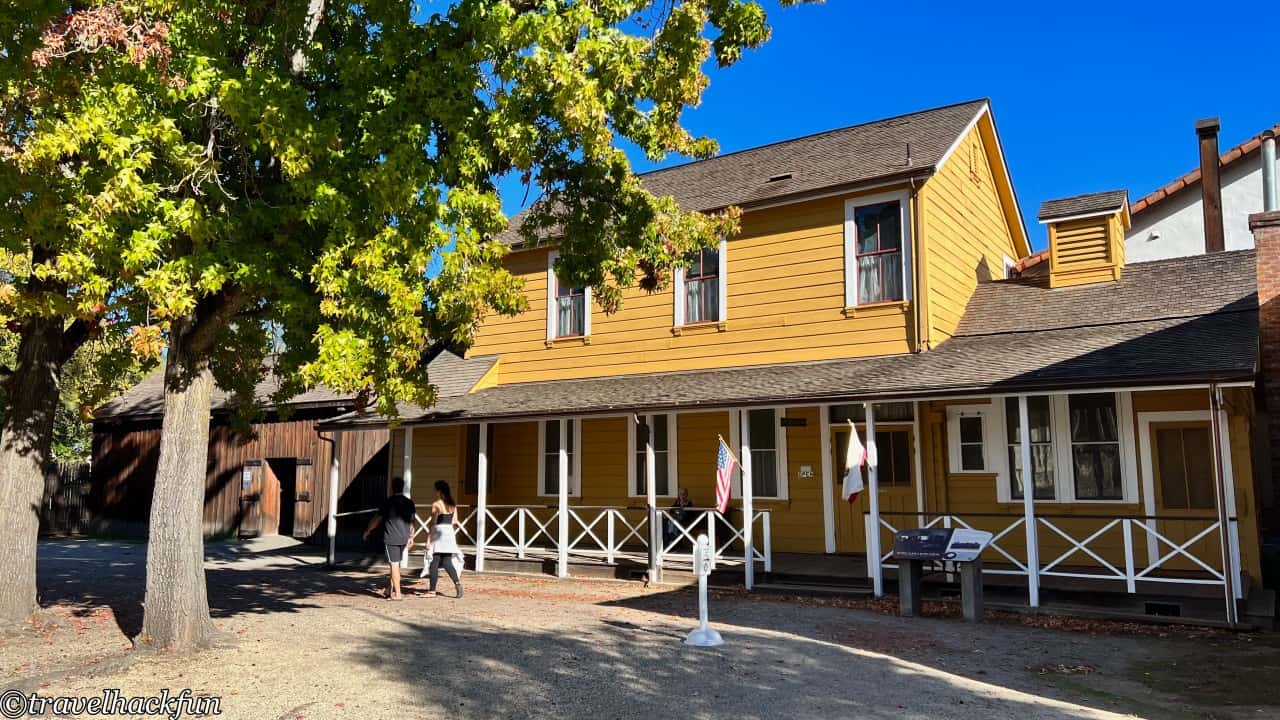
The kitchen still retains many original utensils, and there is a dedicated volunteer grandma explaining the history. For her, the items in the kitchen were things she used herself as a child, so she speaks about them vividly. She treasures the kitchenware, as in the early 20th century, there were no plastic or silicon utensils. Therefore, what you see here are mainly ironware or tin cans. There were no refrigerators; ice had to be purchased from vendors outside. It's really hard for us, living in this convenient age, to imagine.
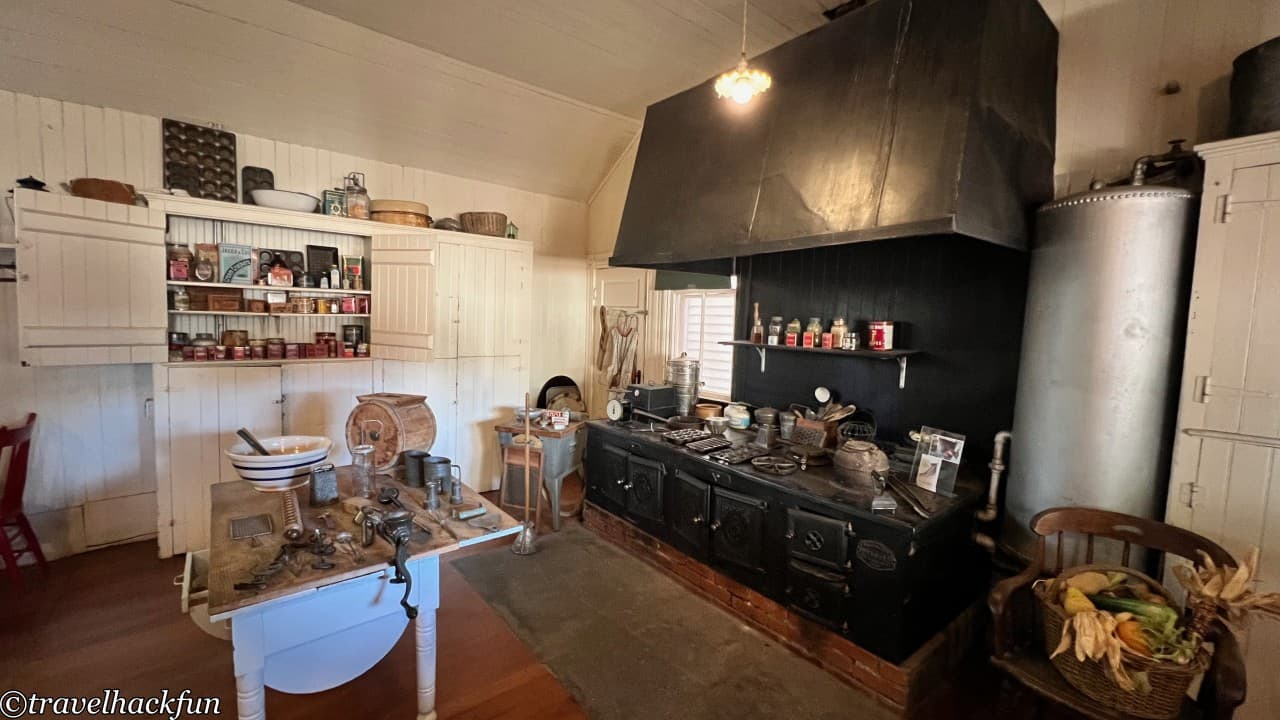
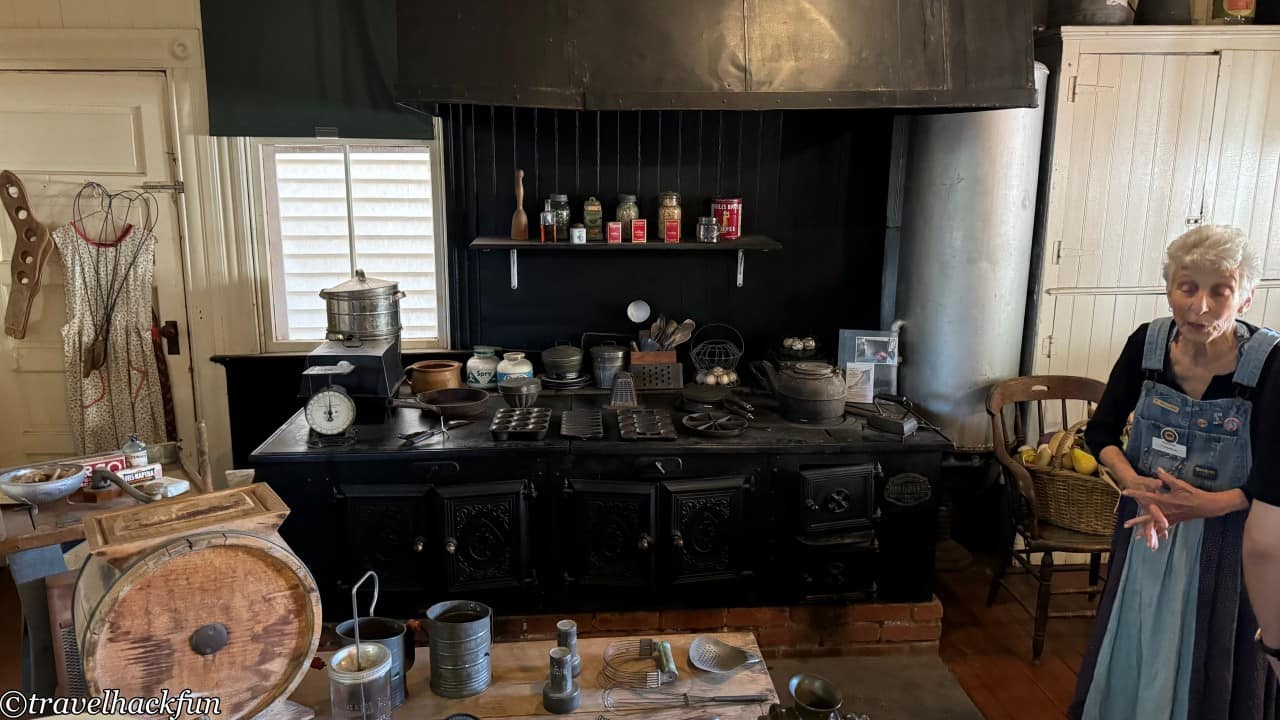
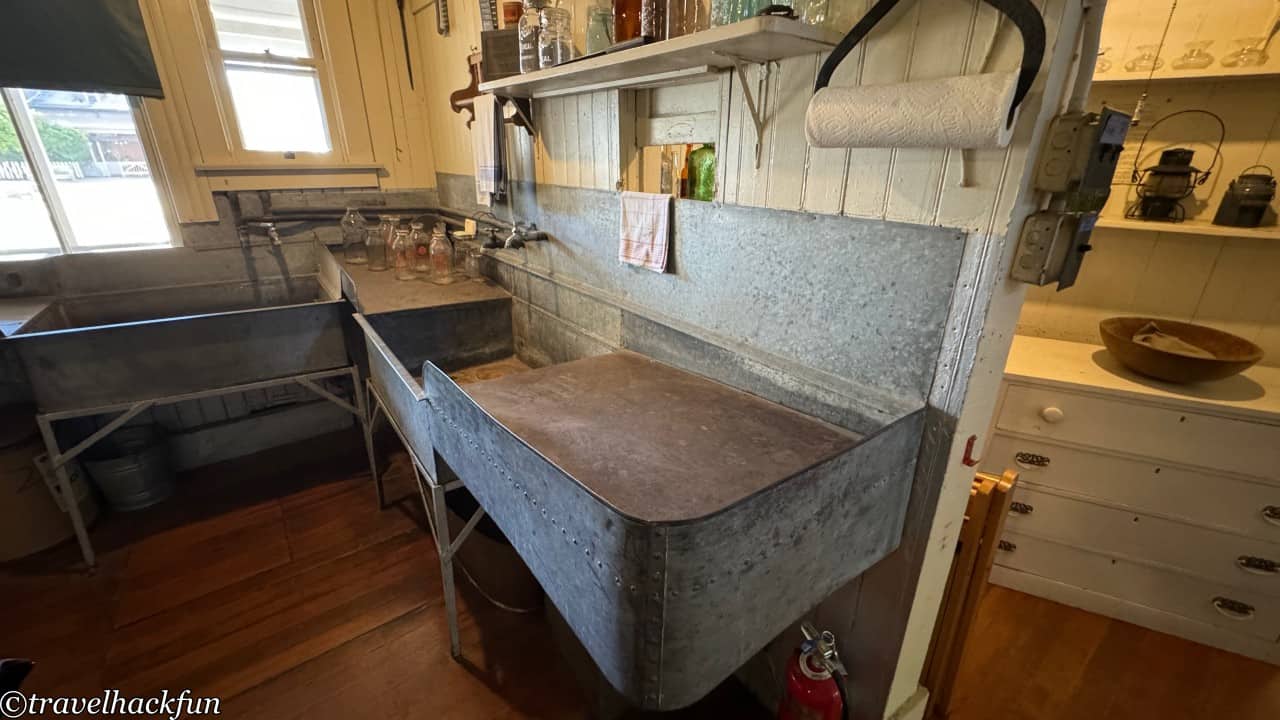
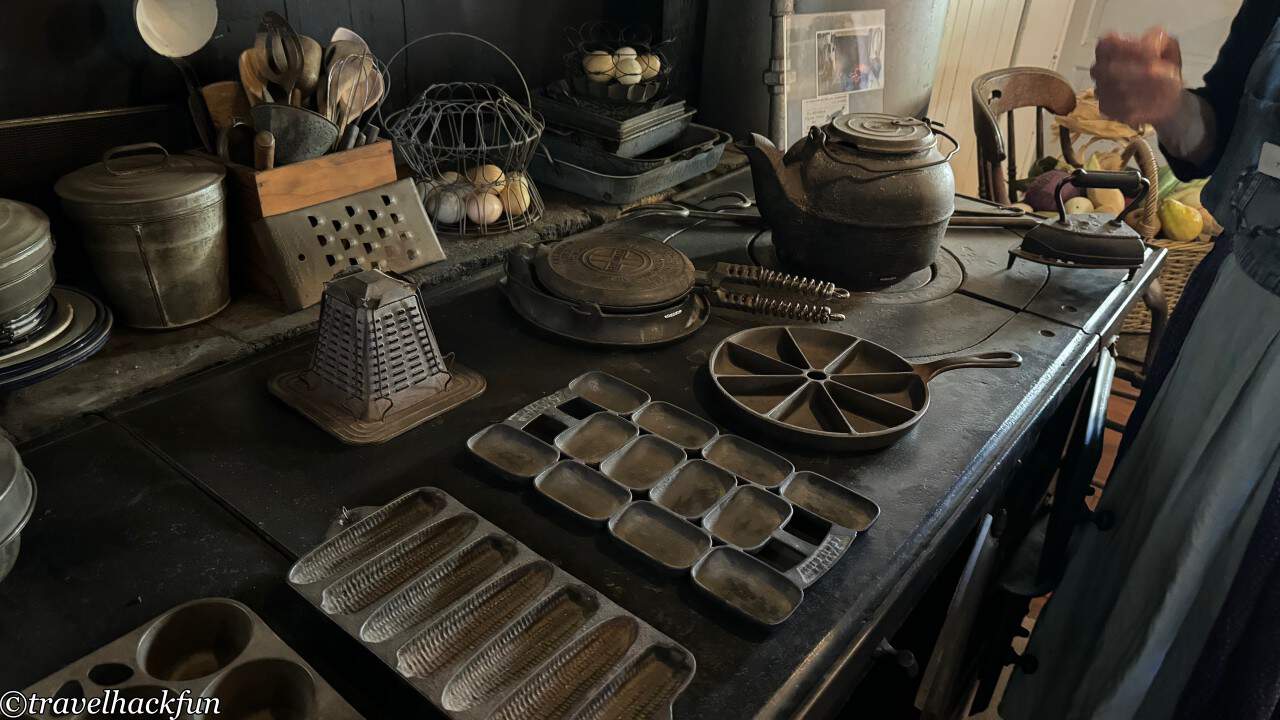
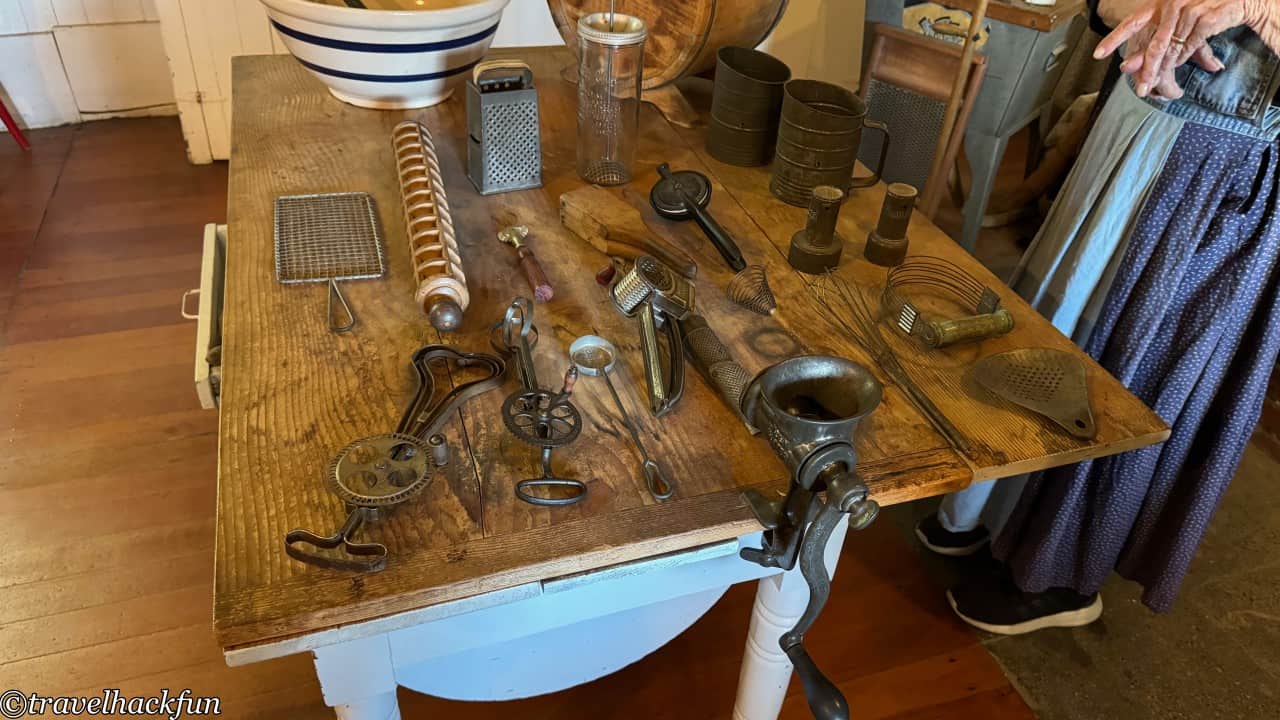

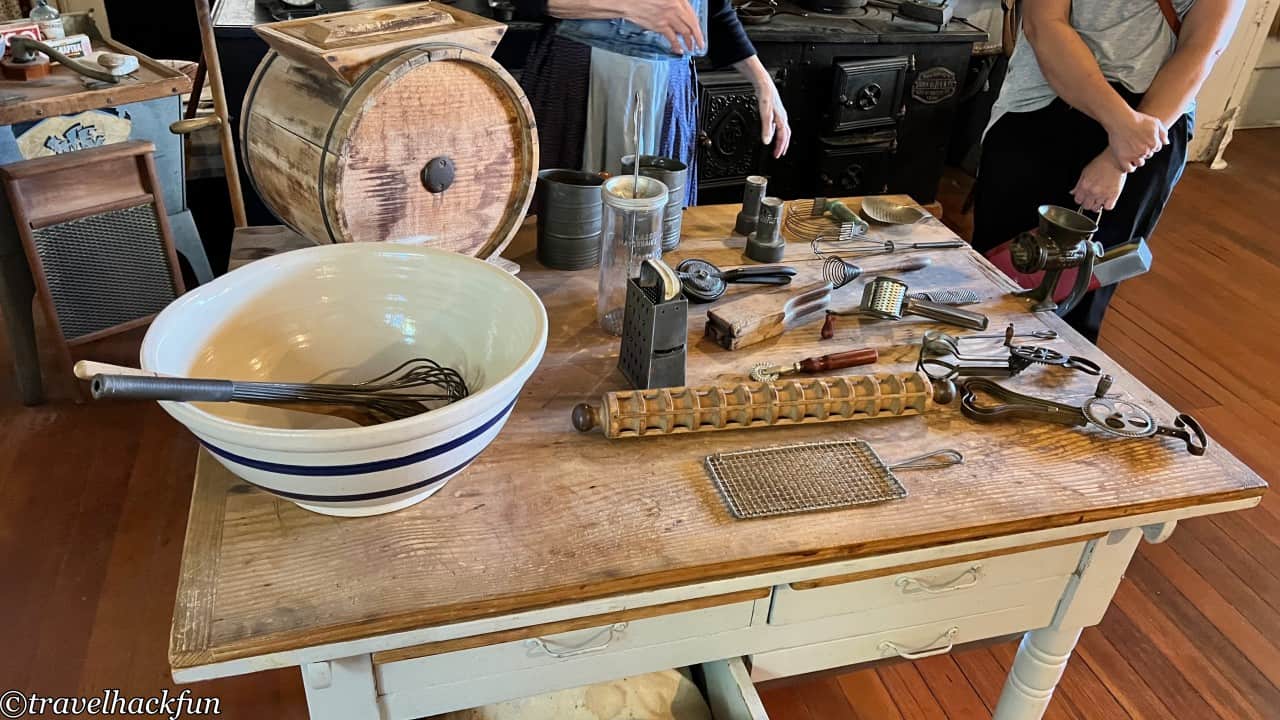
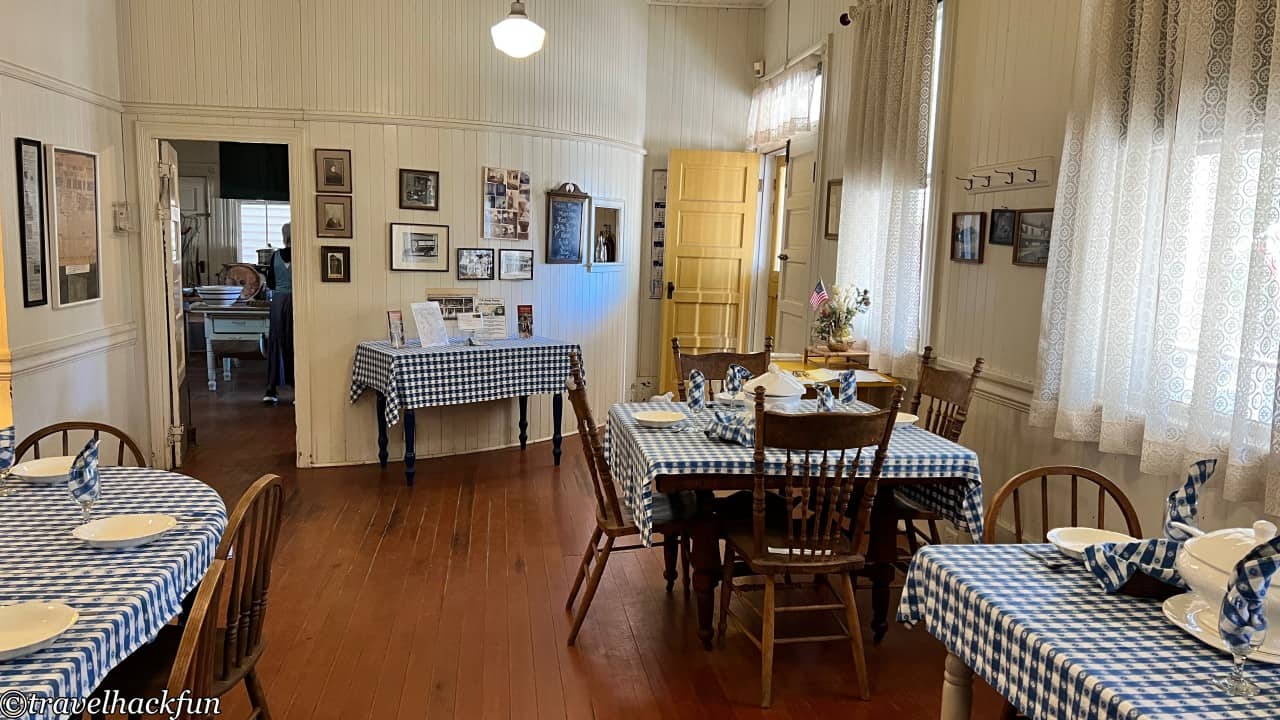
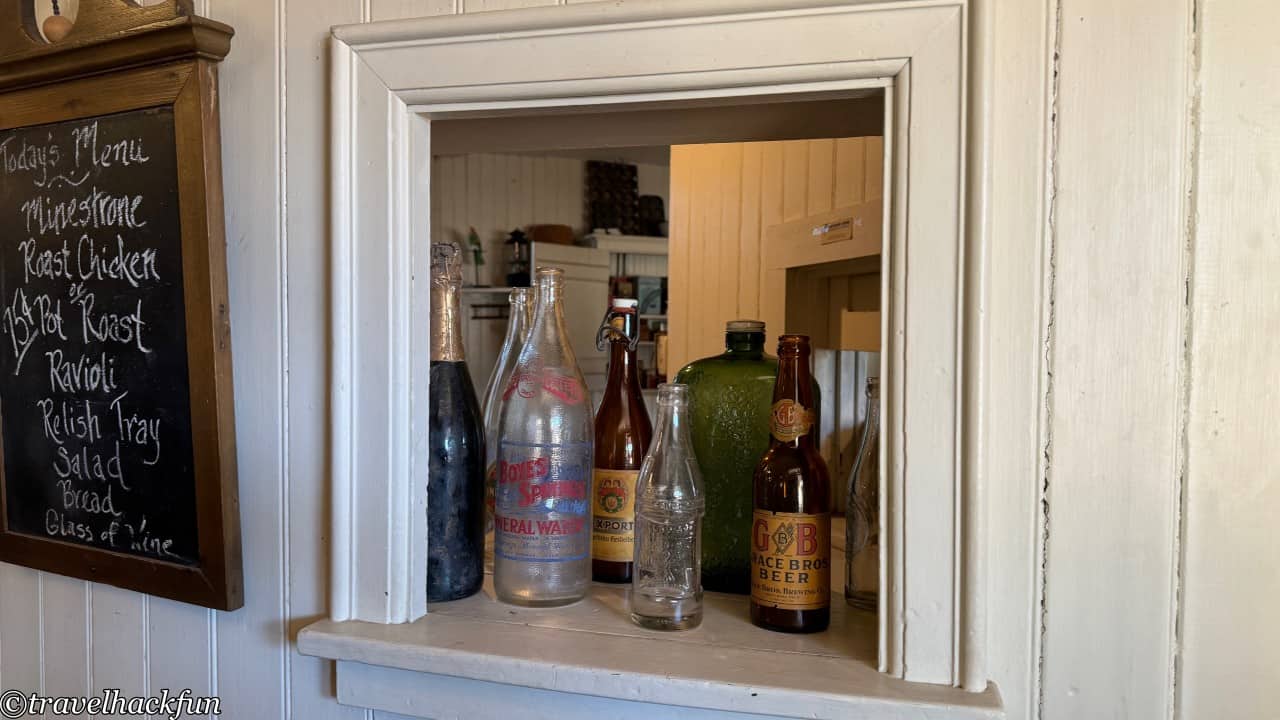
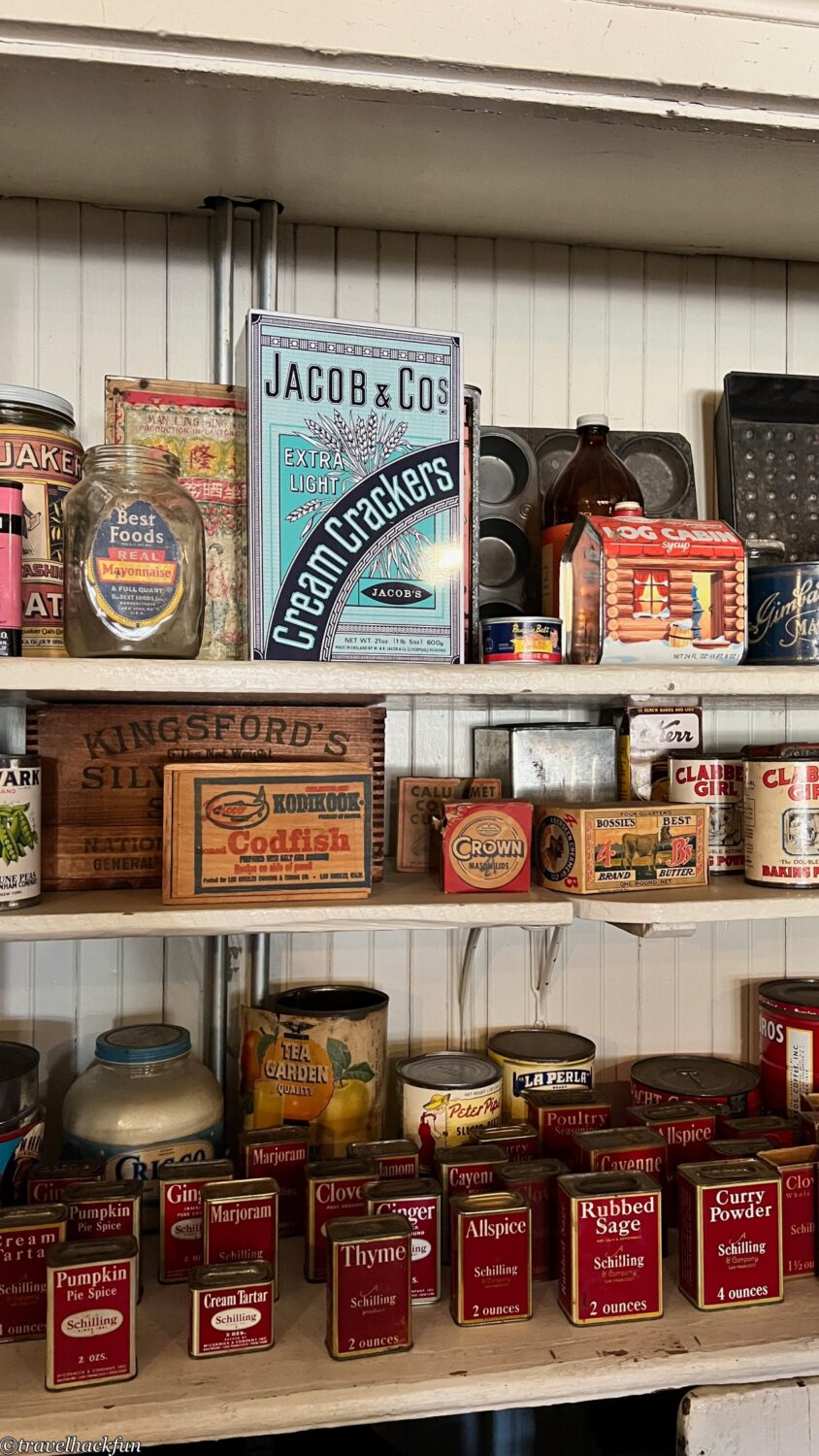
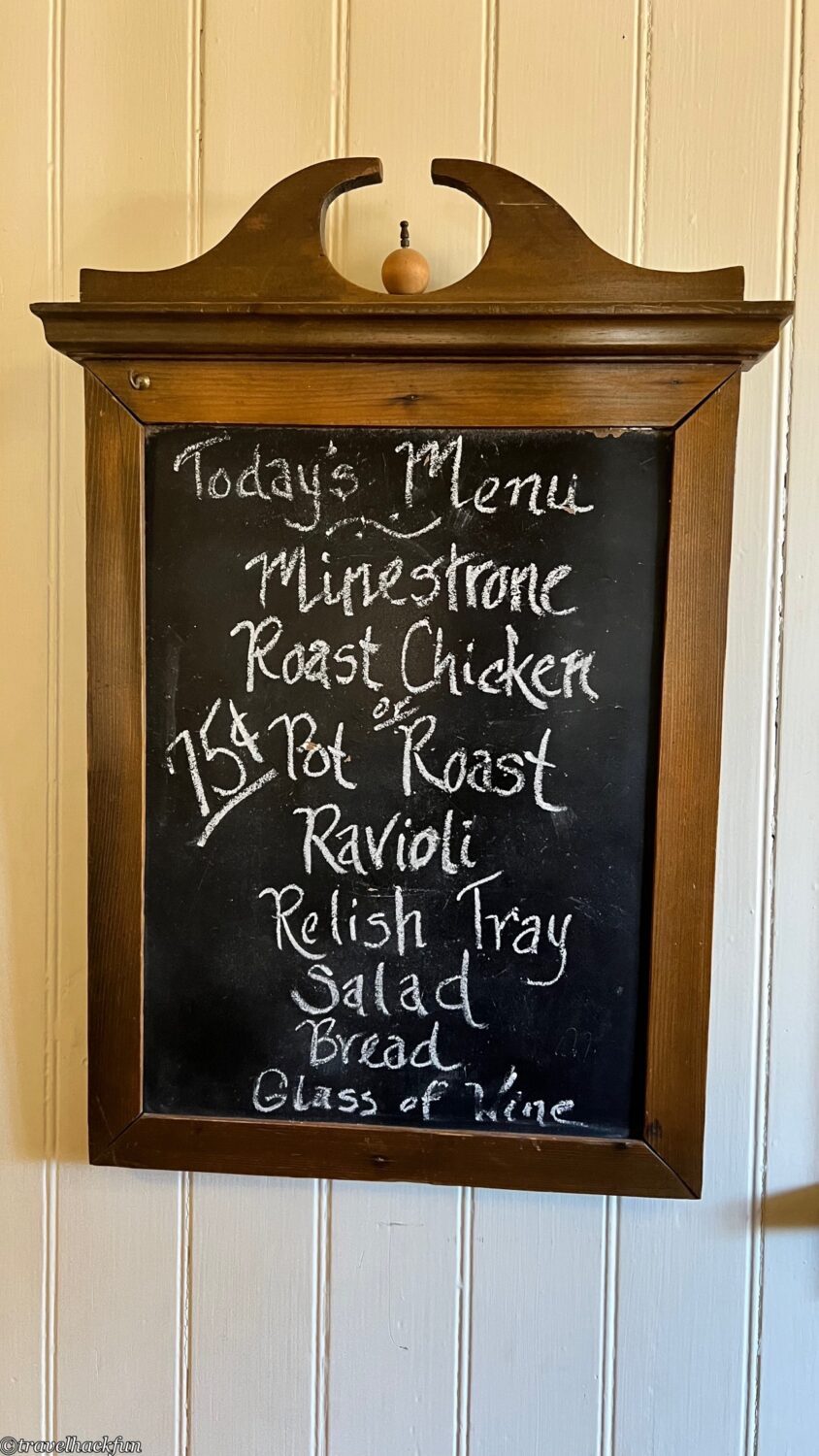
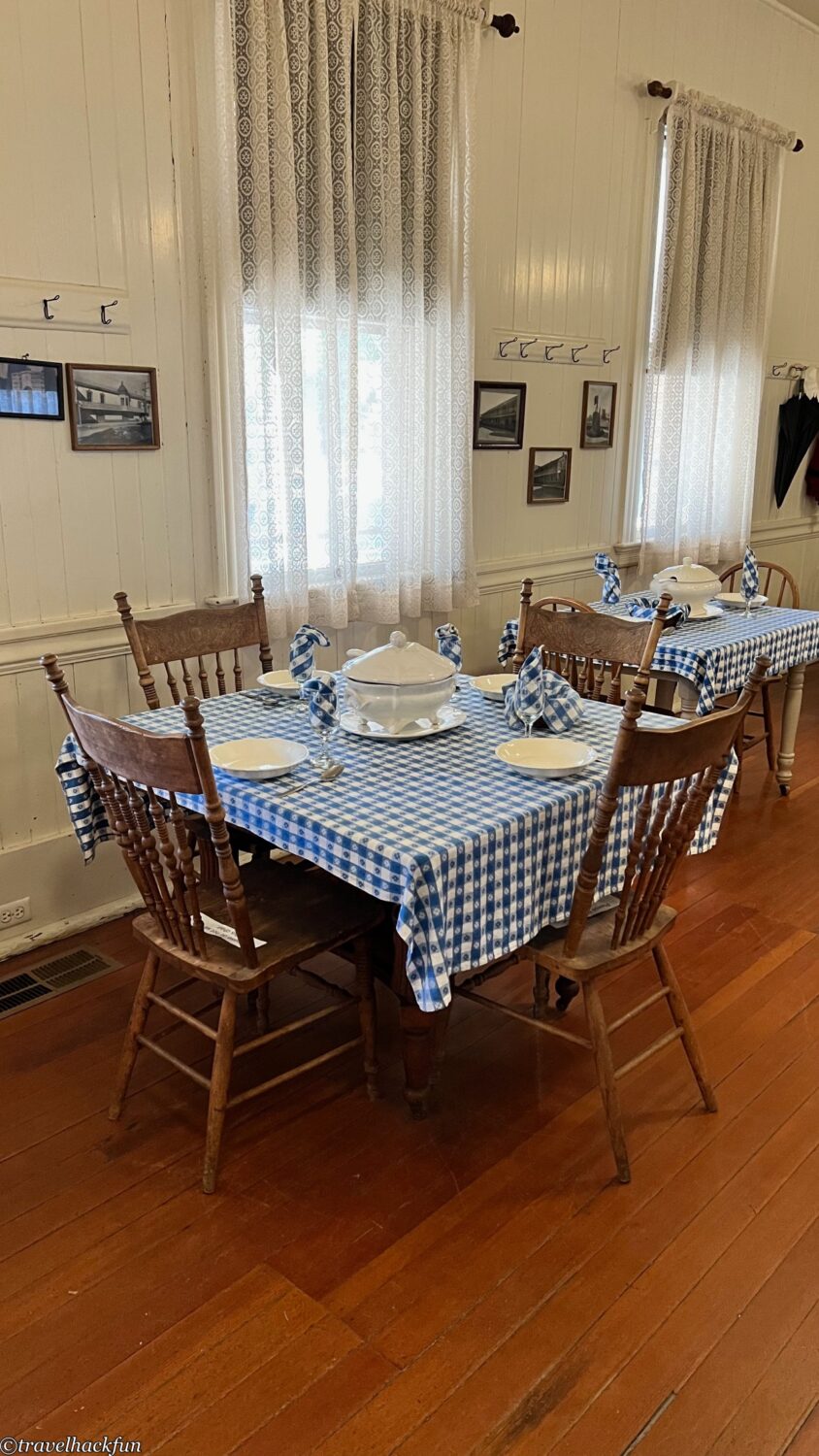
Attractions | Lanchryma Montis: The Vallejo Home
Walking away from the town center, we can visit another home of Vallejo, Lachryma Montis, which is remarkably well preserved. It's about a ten-minute walk from the military barracks area. If you follow the bike path, the scenery along the way is quite nice. However, even though we walked, it's also convenient to drive there.
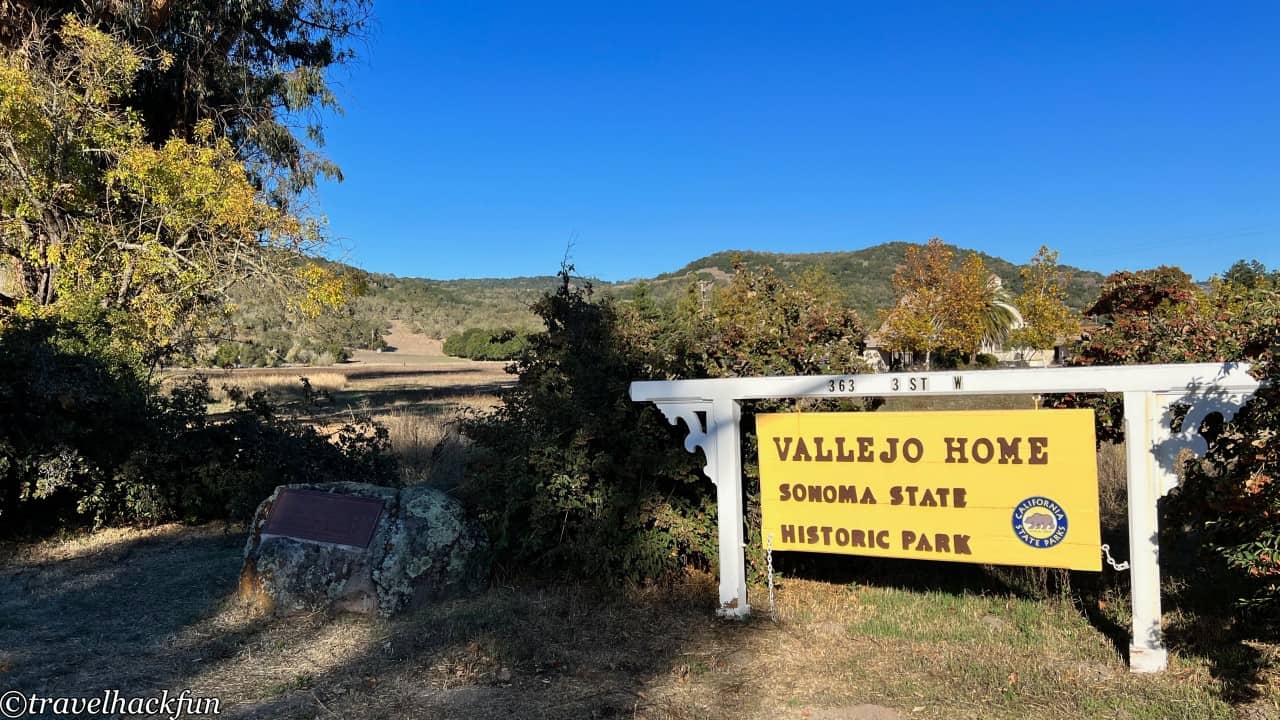
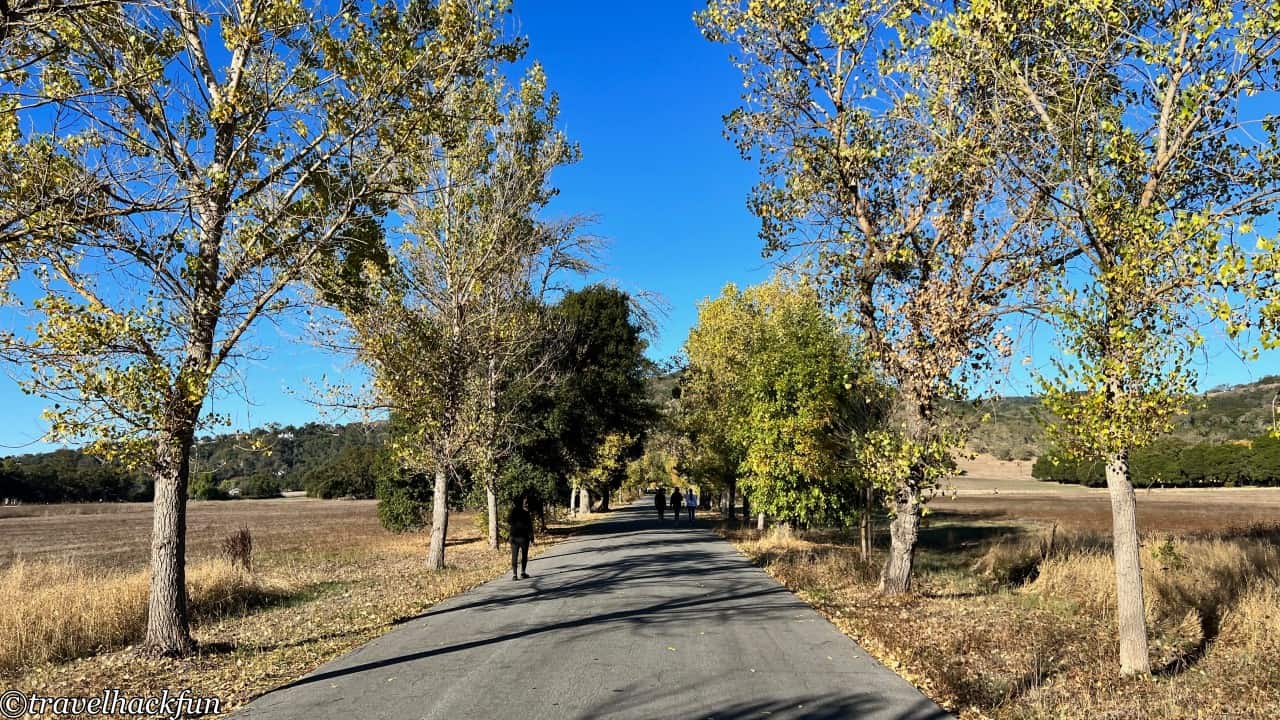
This house, purchased by Vallejo in 1850, is a Victorian-era wooden house. In contrast to the mostly ruined adobe houses in the town center, this house stands out. There are fountains on both the west and east sides of the house.
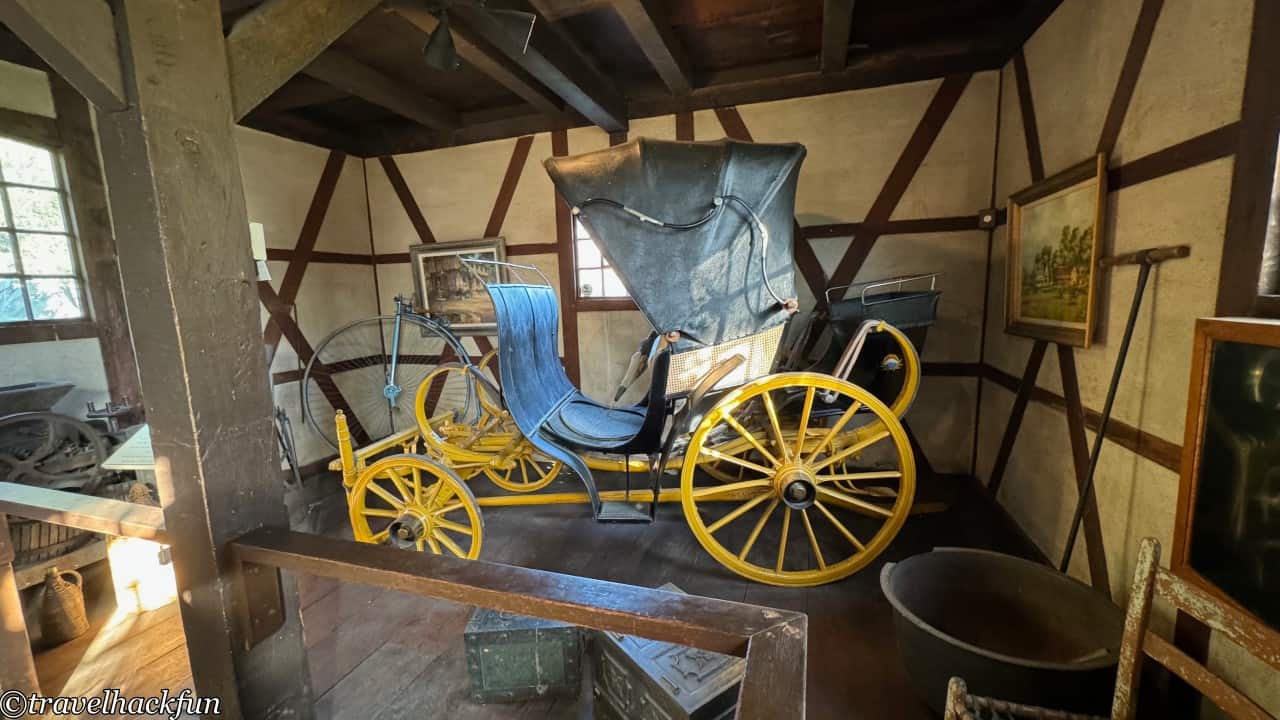
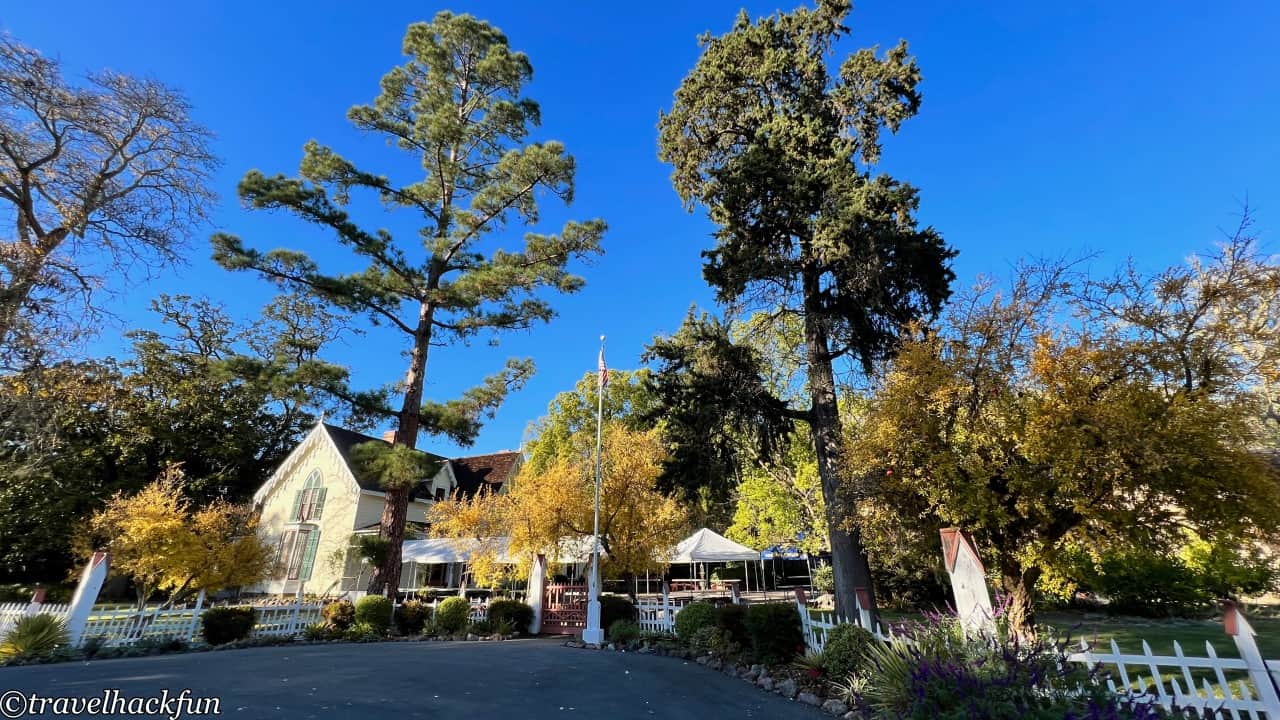
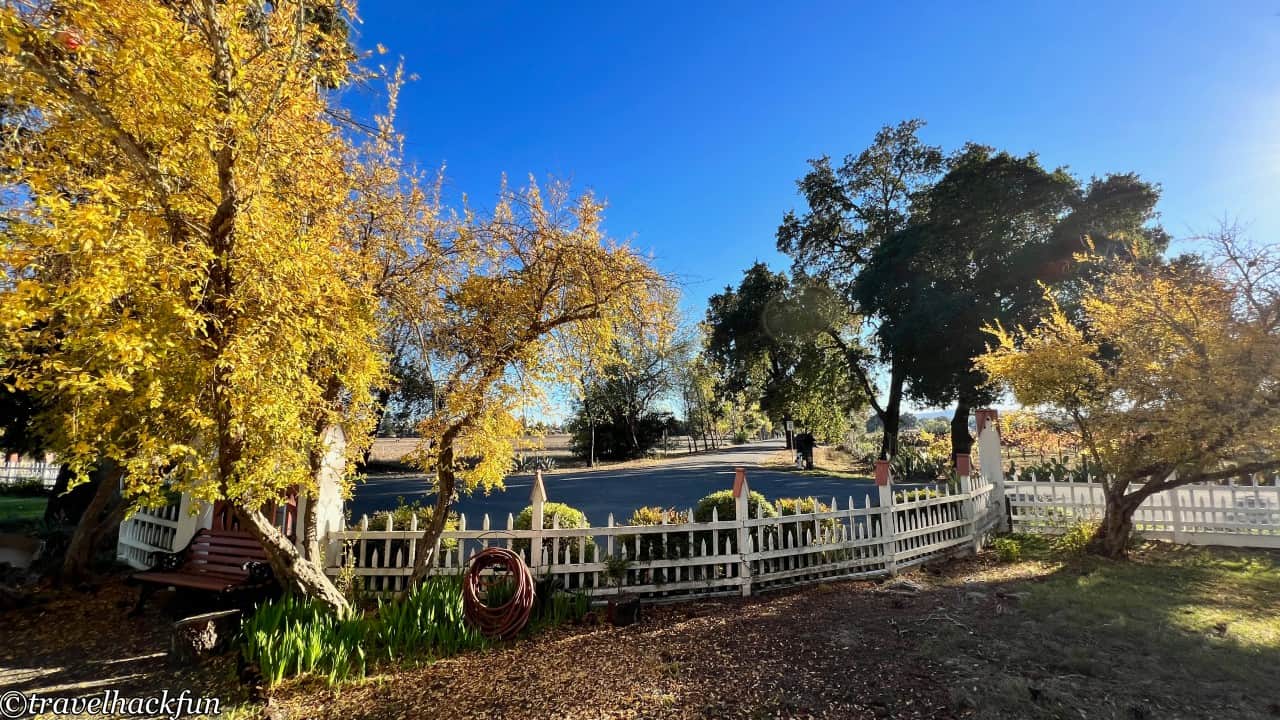
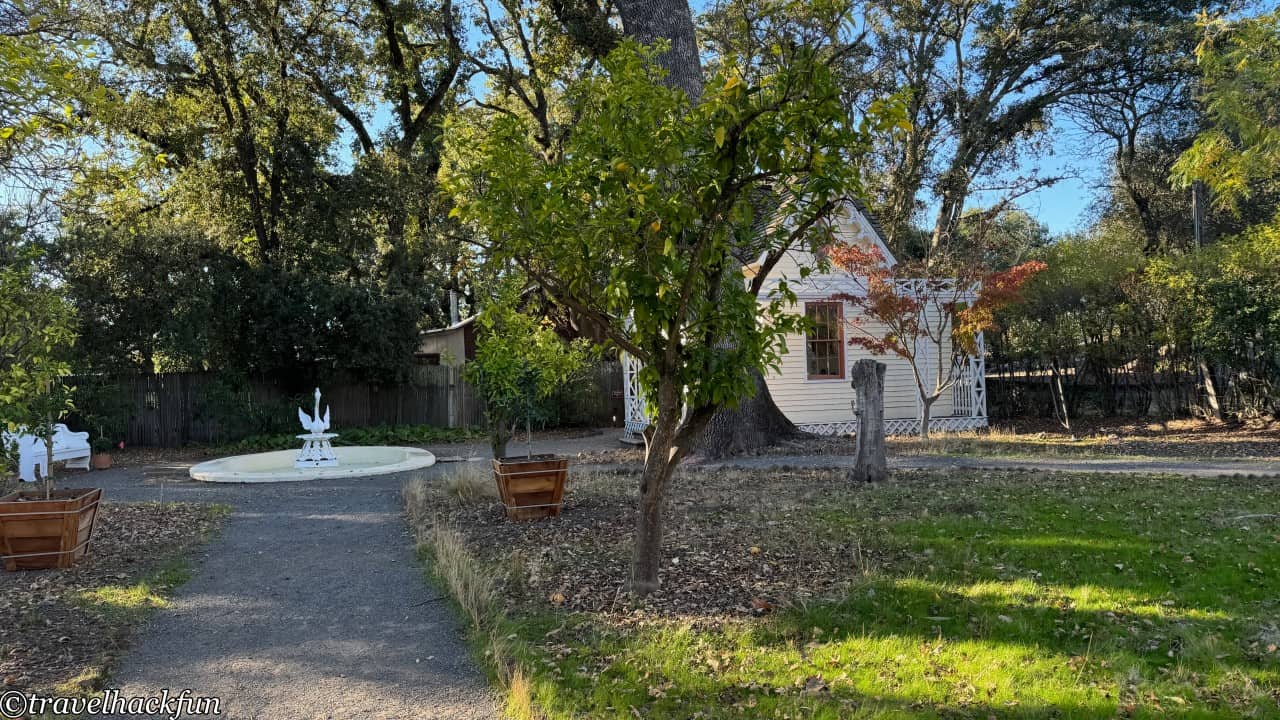
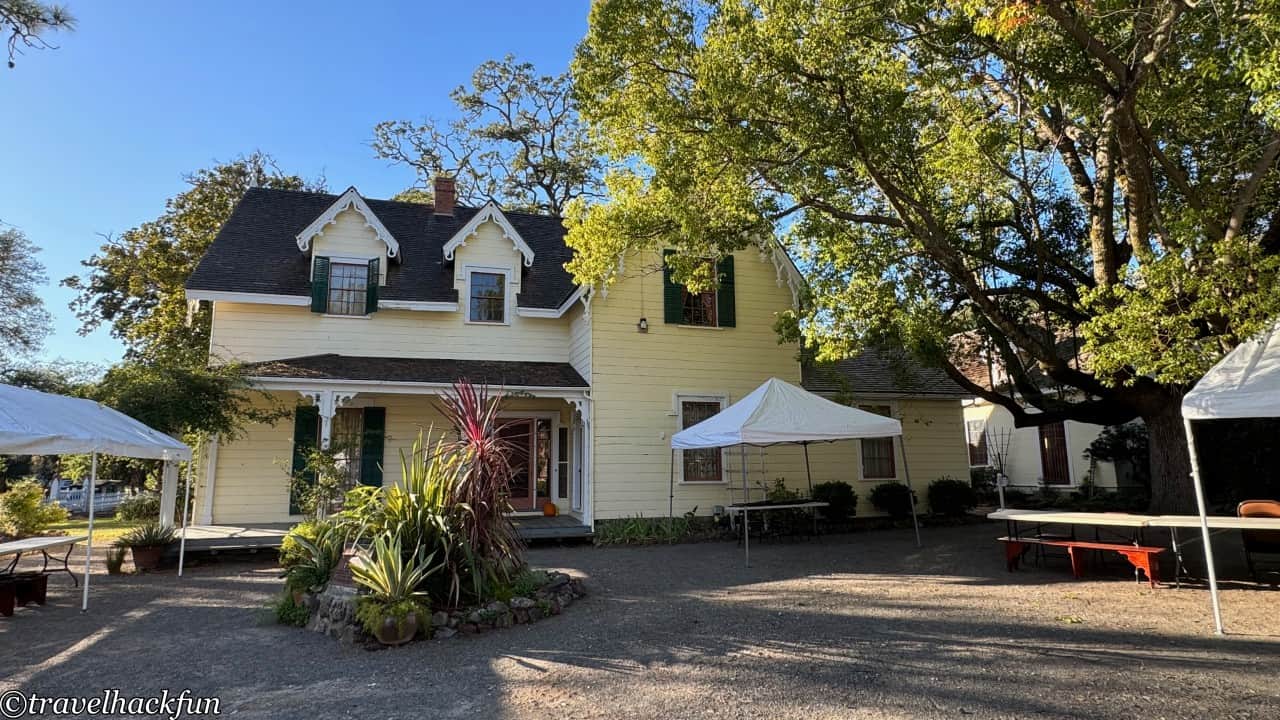
The interior of the main house is also quite luxurious. Vallejo was not just a military officer; he also owned his own ranch and extensive land, making him quite wealthy. The house features double verandas, Gothic windows, and other elaborate designs. Vallejo and his wife lived here for over 30 years, raising over a dozen children. Even after their youngest daughters grew up and had children of their own, they continued to live here. The main house is now maintained in roughly the same condition as when they last resided here.
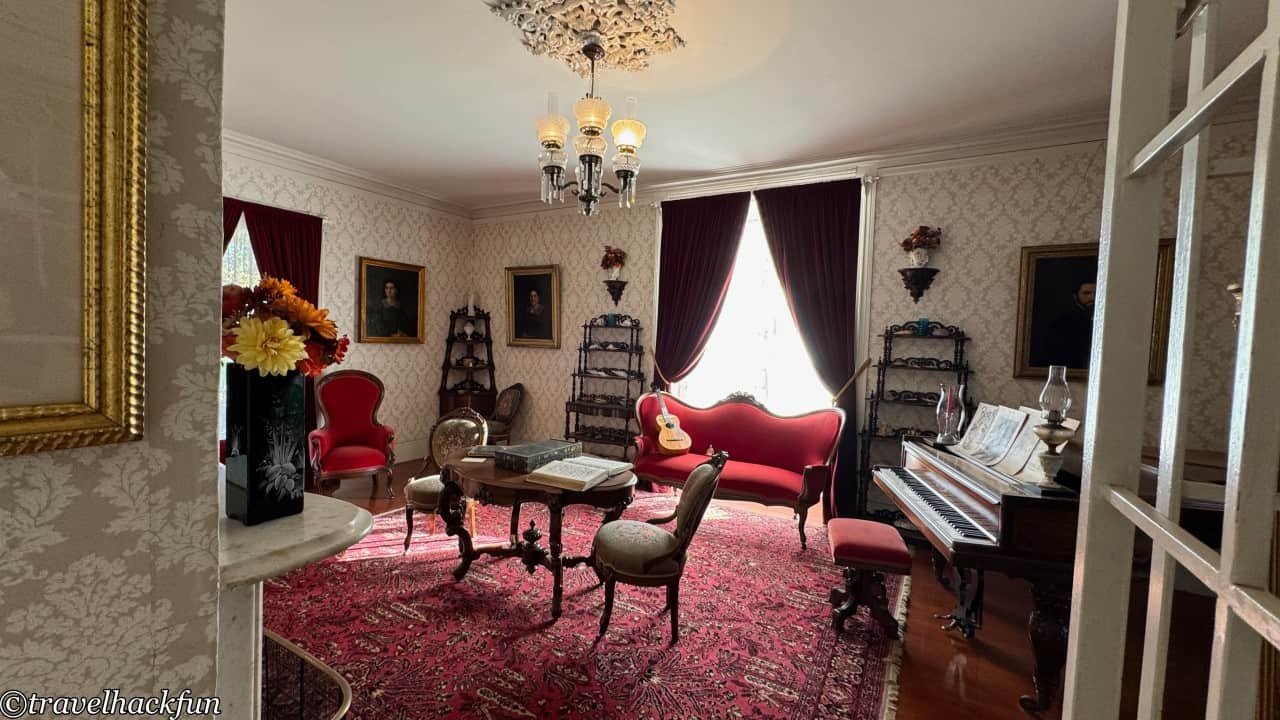
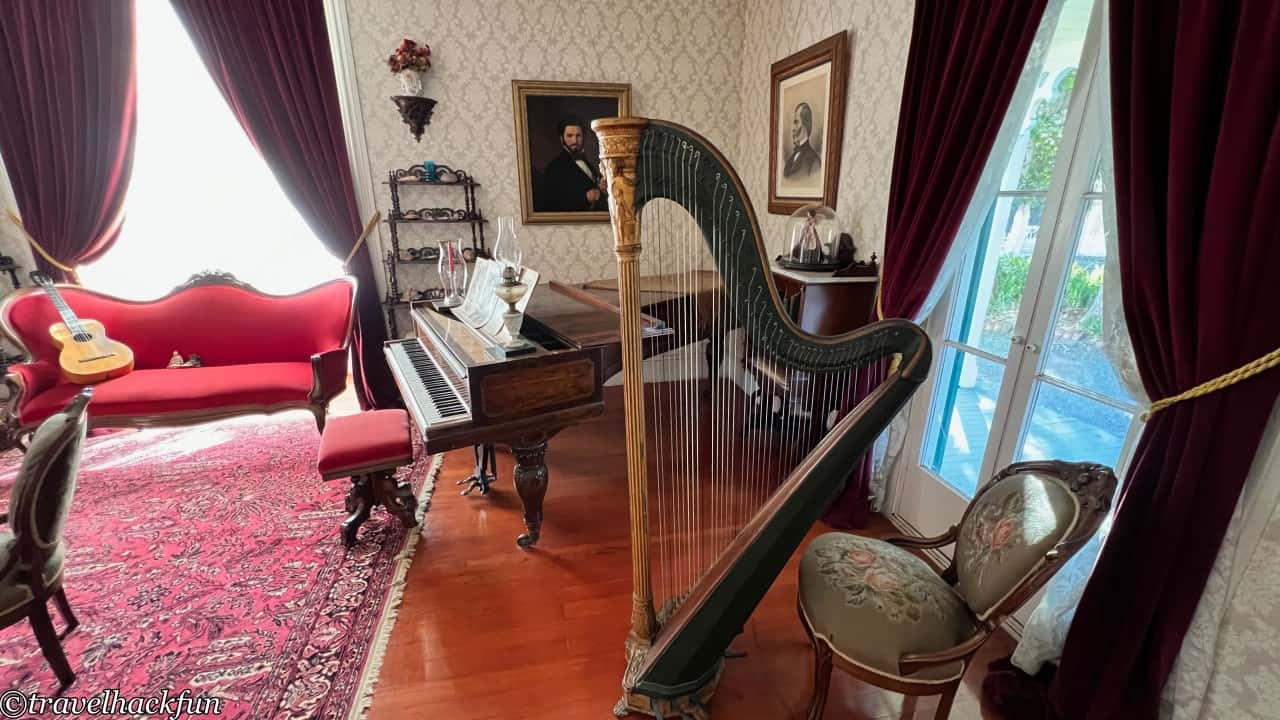
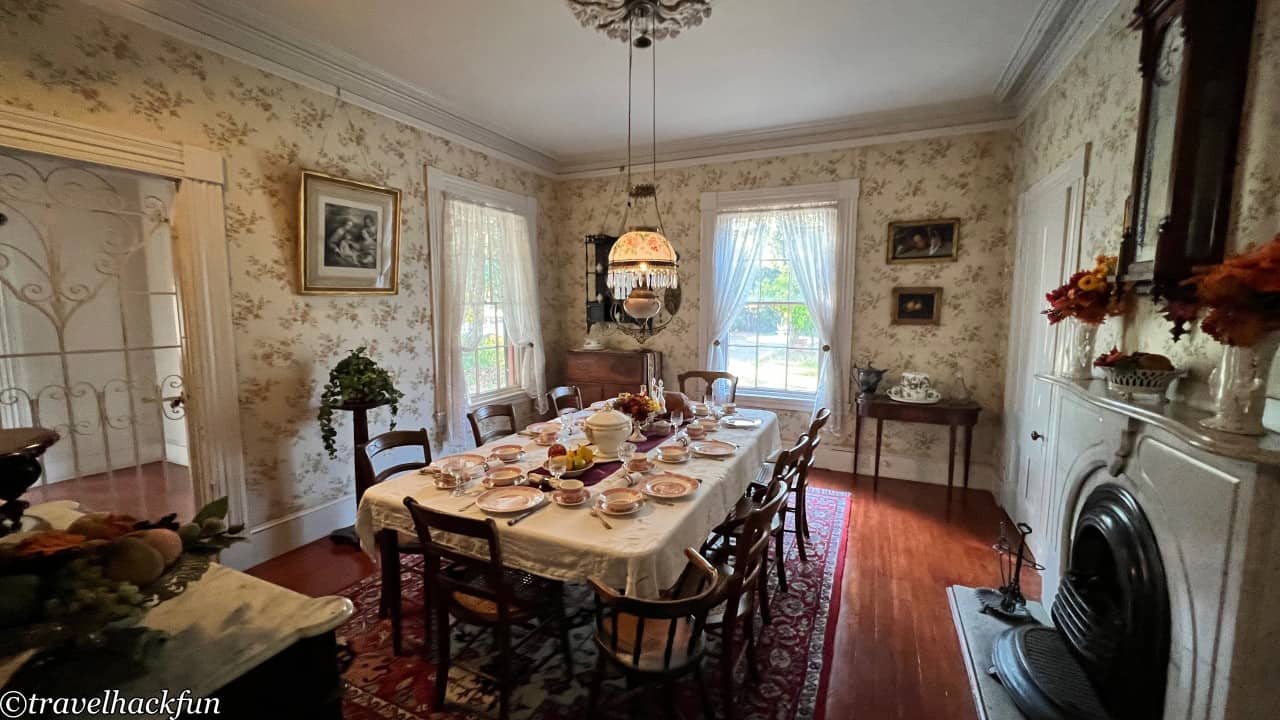


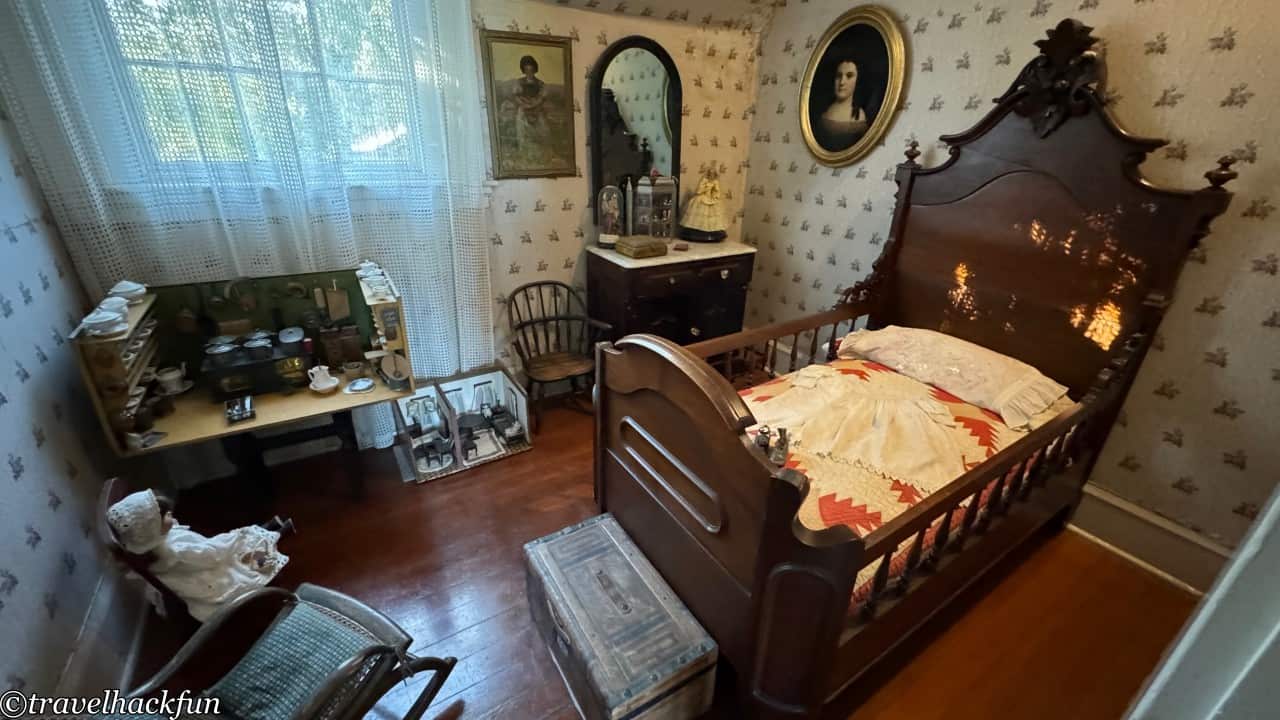
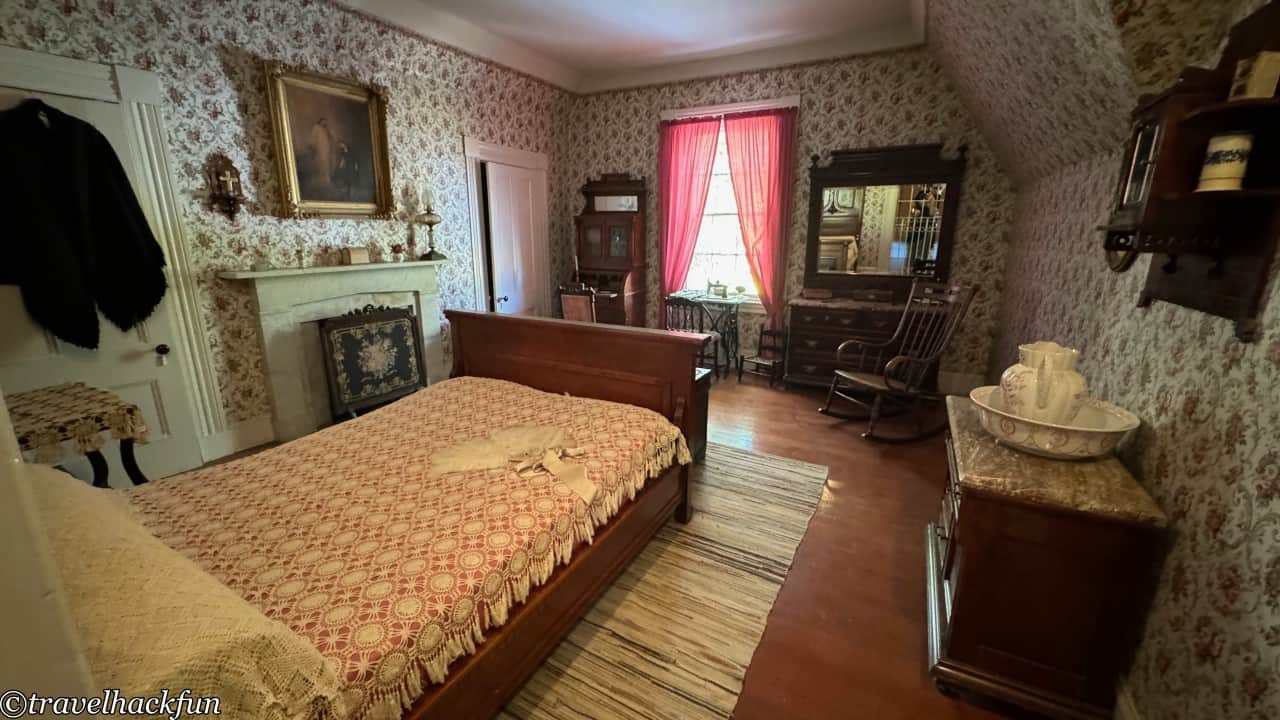

The natural surroundings around the main house feel very tranquil. The land is actually surrounded by natural springs, which is why the Native Americans originally called it "Mount of Sorrows." Vallejo translated this meaning into Latin and named his home "Lachryma Montis," meaning "Tears of the Mountain." A small cabin on the hillside, called The Hermitage, was where Vallejo's youngest son lived on his own after the age of 15, just so he could enjoy the outdoors.
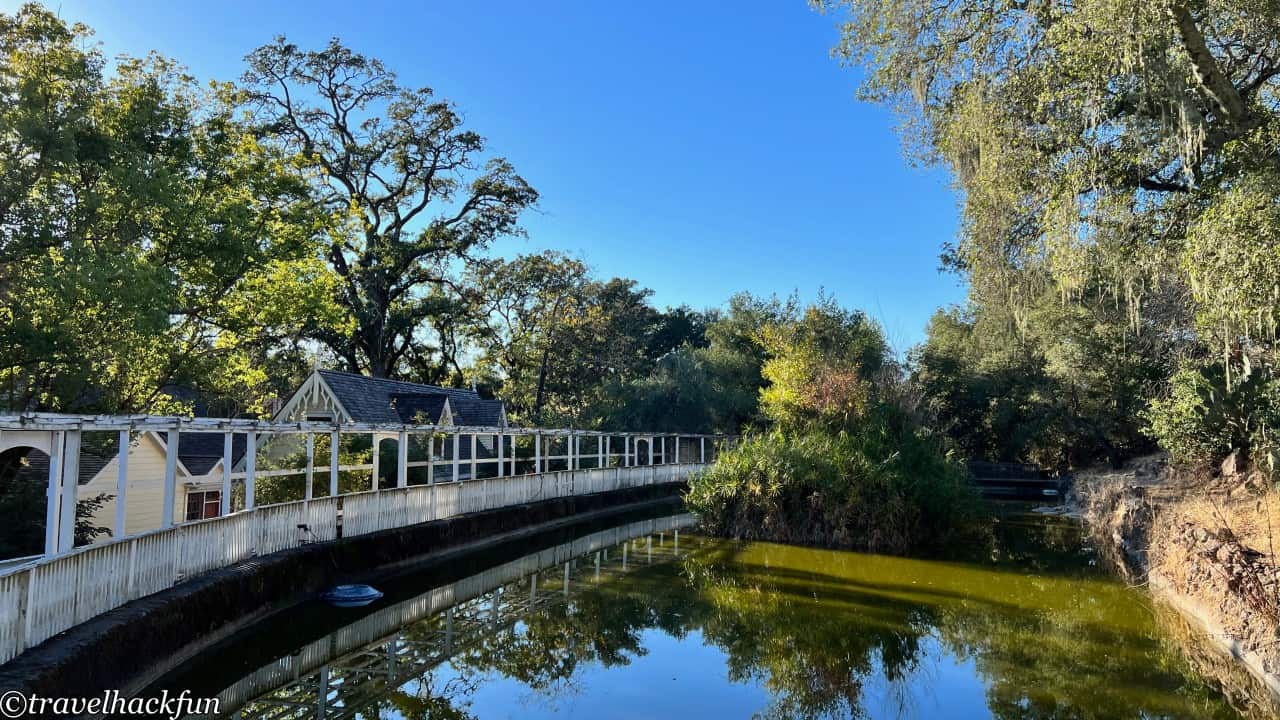
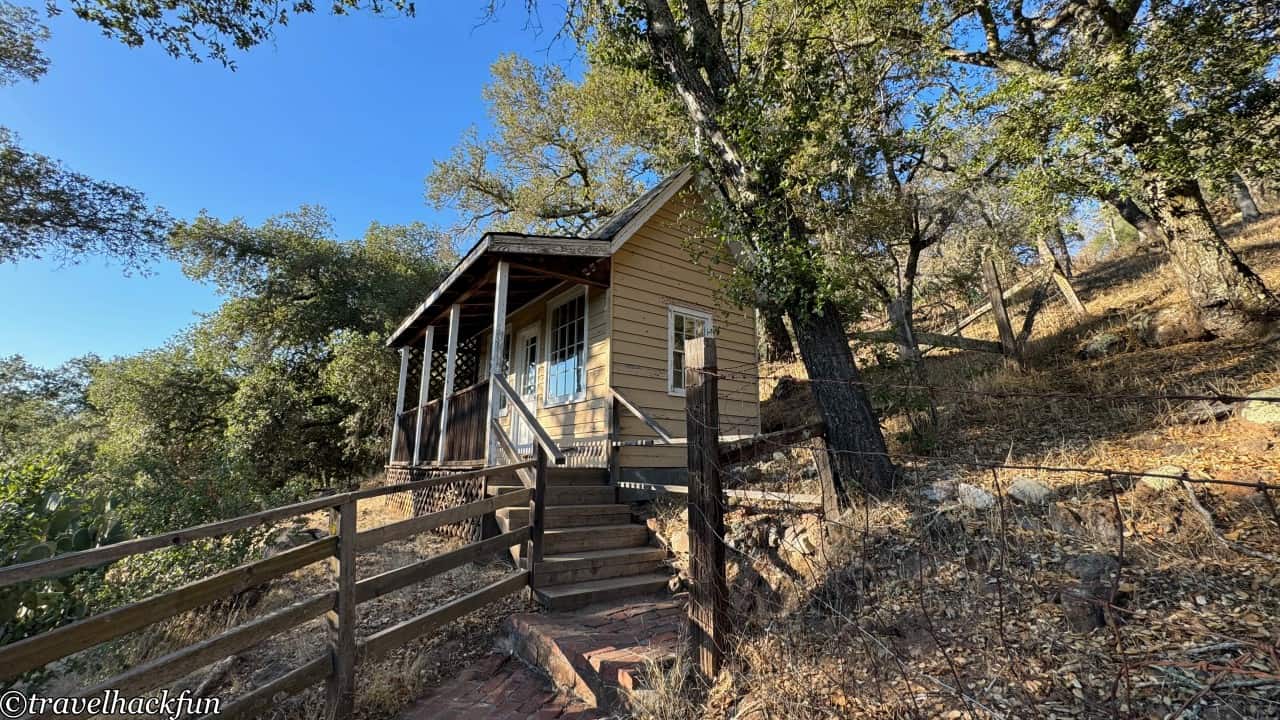
In addition, behind the mansion, there is a vineyard, and even the chef's quarters look quite luxurious.
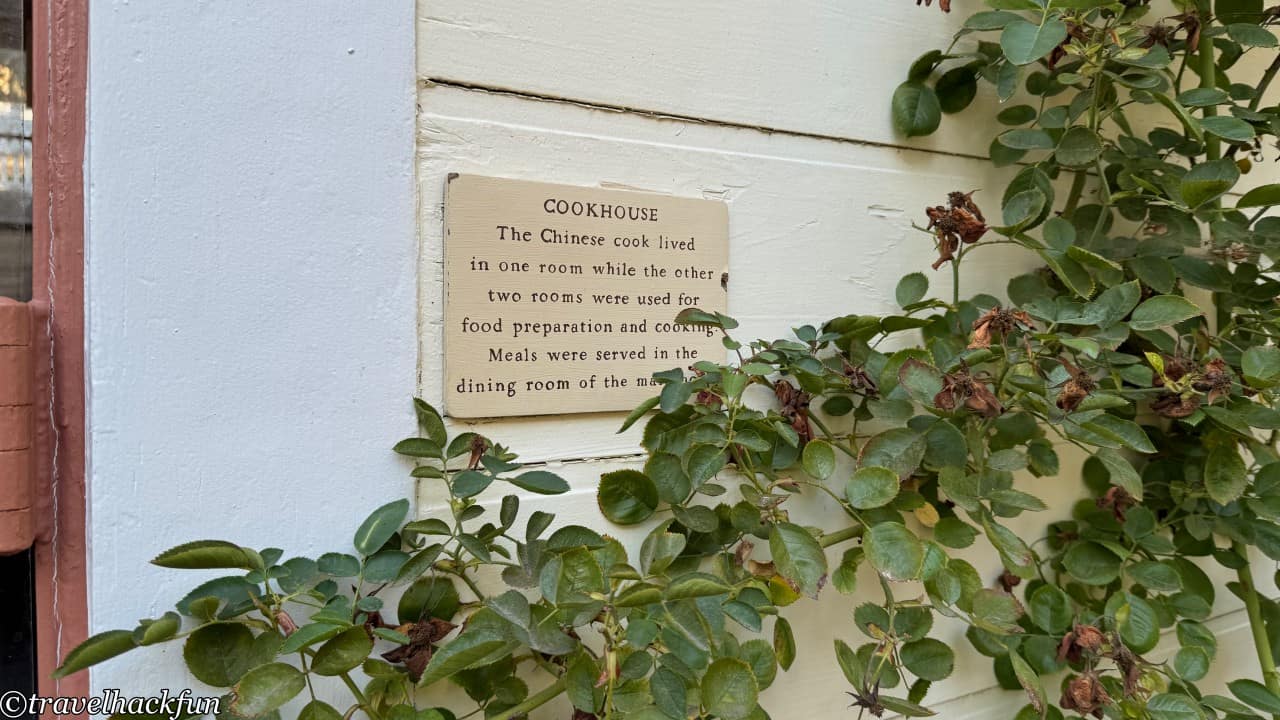
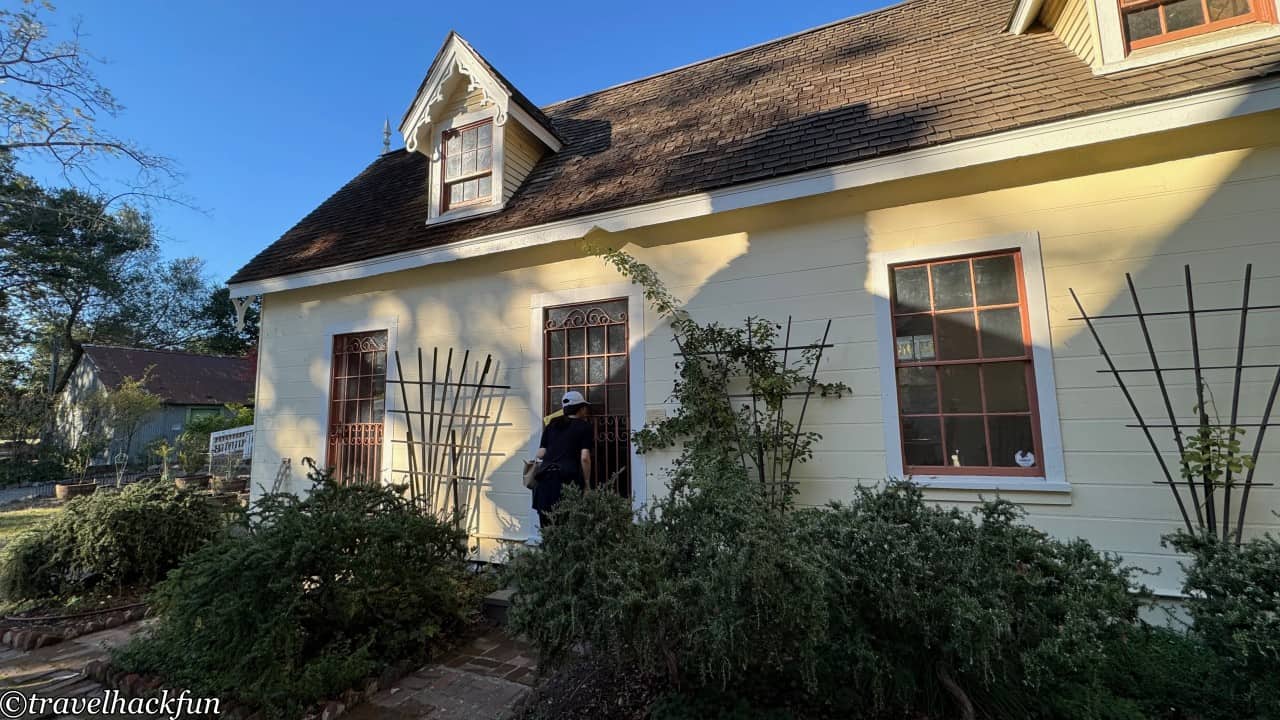
Attractions | Petaluma Adobe
The Petaluma Adobe itself is an independent historic park, but the tickets are interchangeable with the Sonoma State Historic Park, and it's conveniently located nearby, so I recommend visiting both together. This park is closely associated with General Vallejo, as it was once the center of his ranching empire. At its peak, the ranch covered 66,000 acres and supported over 3,000 cattle.
Of course, managing a ranch requires people and offices, so the adobe buildings here are quite sizable. It is said that Vallejo designed this building like a fortress during its construction, fearing potential attacks from Russian settlers and Native Americans. It cost a staggering $80,000 to build in 1836, which was an astronomical sum at the time. However, the construction was never completed. Vallejo was arrested during the tumultuous period of the Bear Flag Revolt, and by the time he returned, much of his land had been seized, and the cost of construction had risen due to the California Gold Rush. Consequently, he had to sell the property before it was finished.
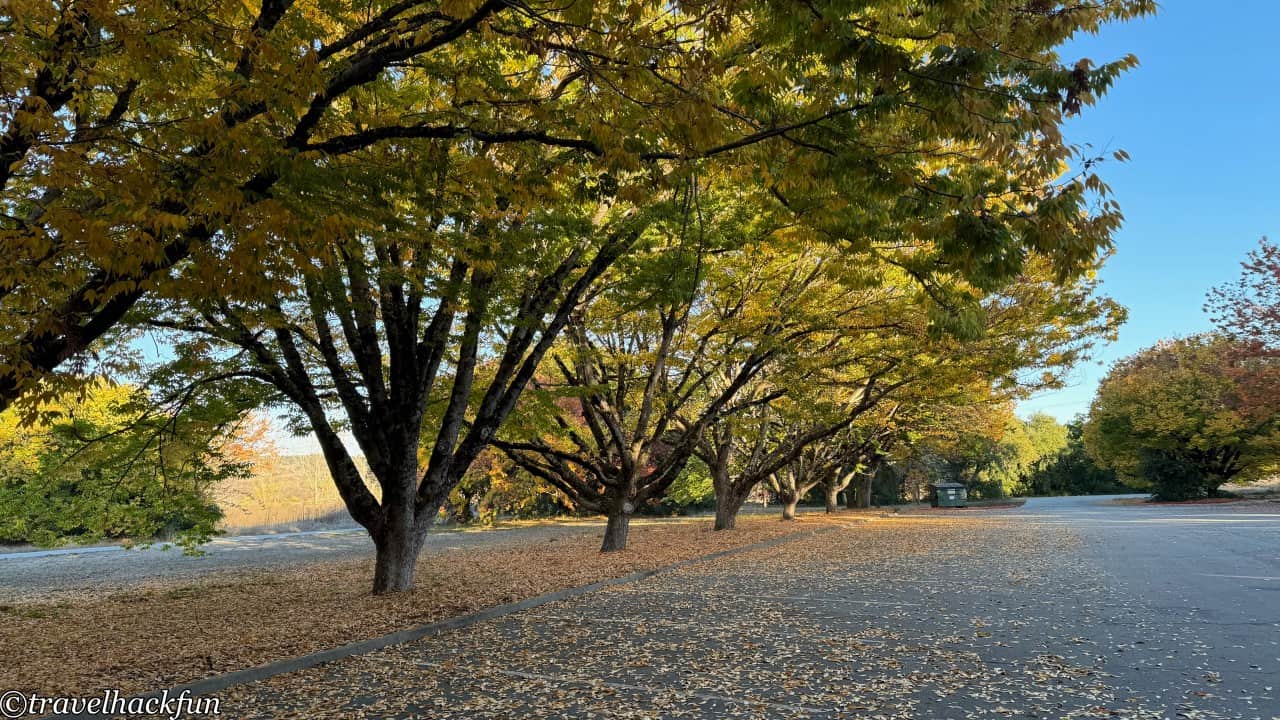
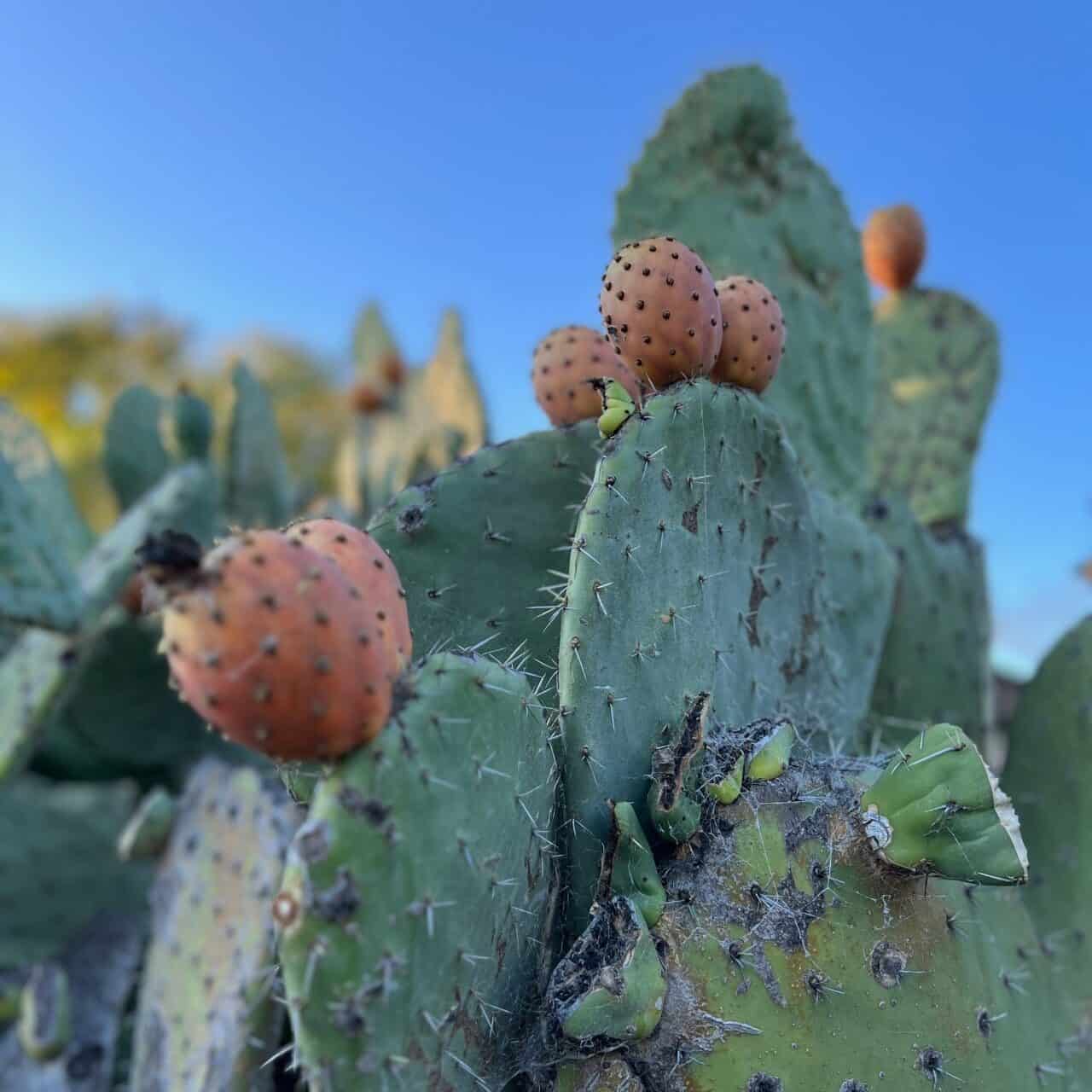


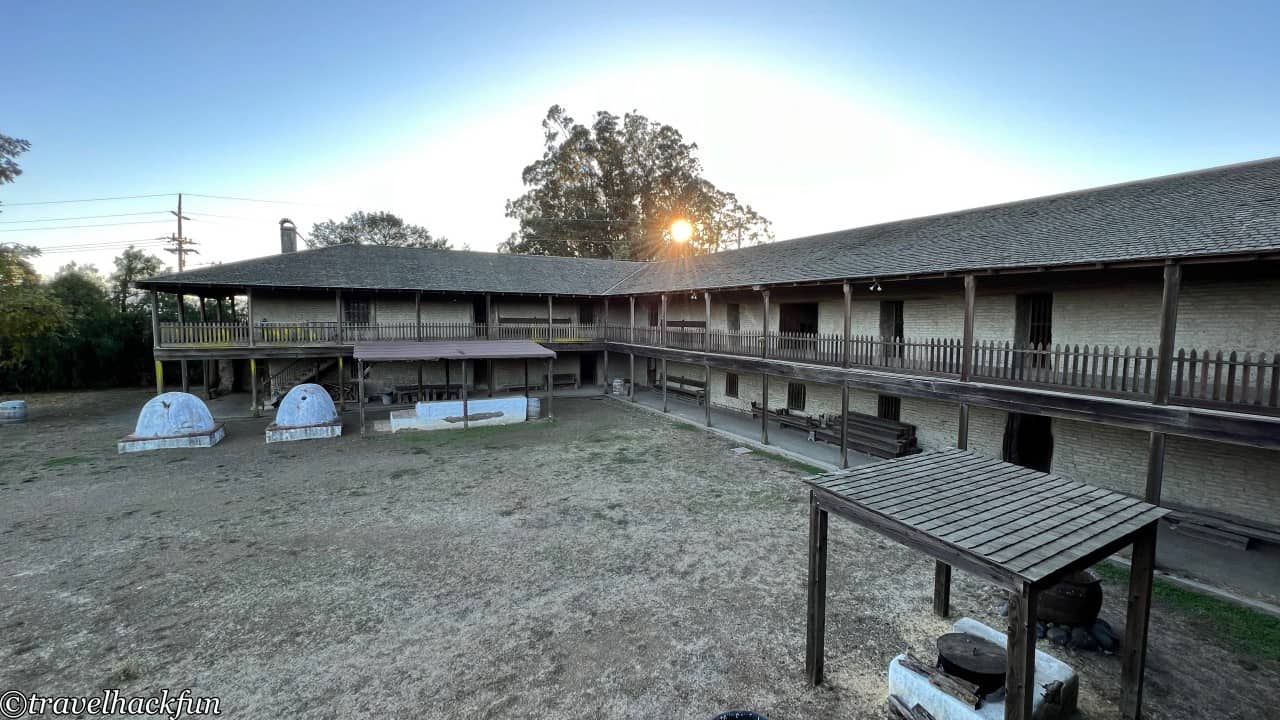
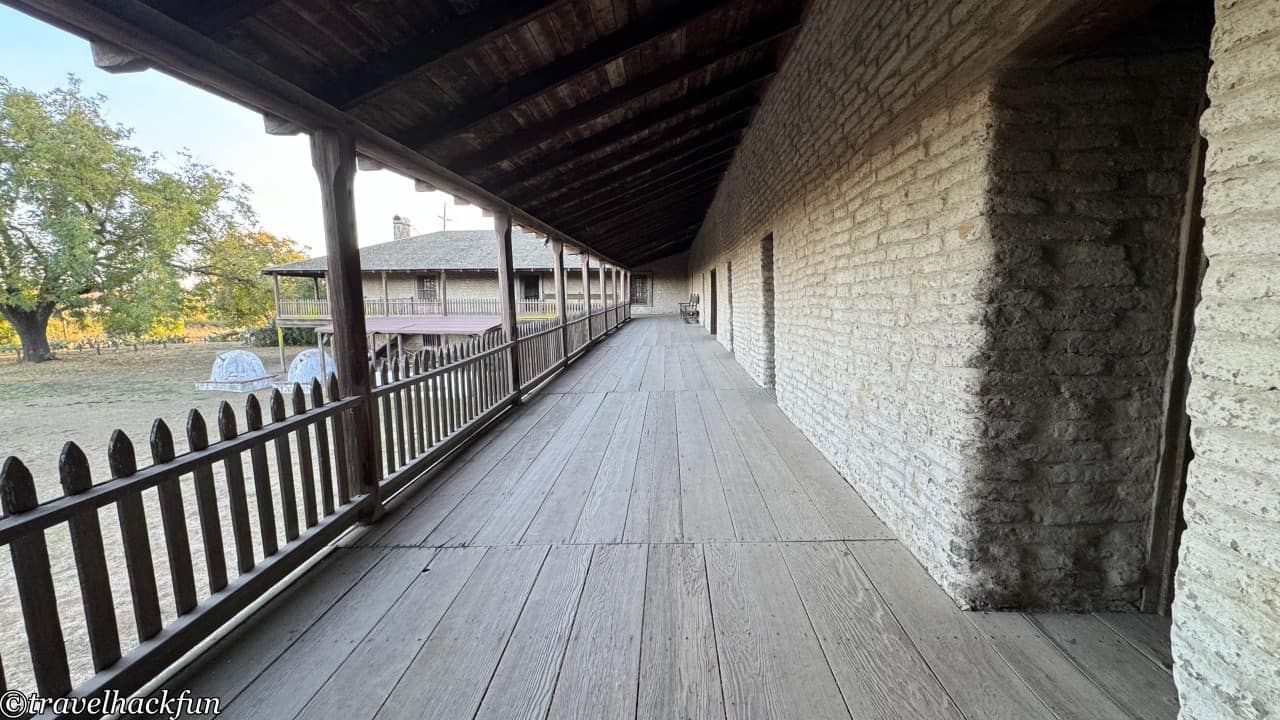
Upon entry, you'll receive a booklet that guides you through the tour in sequential order. Inside the buildings, you'll find a weaving factory, leather factory, and more. You can observe various tools used for making and weaving wool products, leather goods, and even visit a shop.
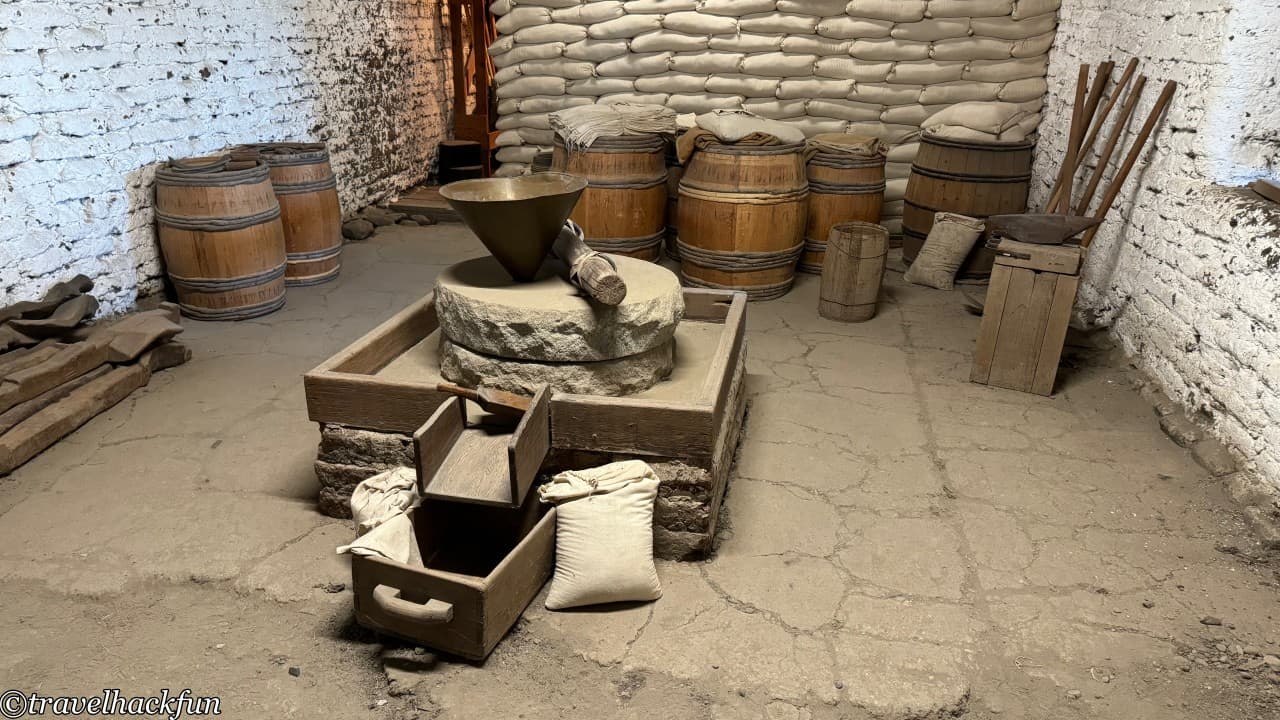
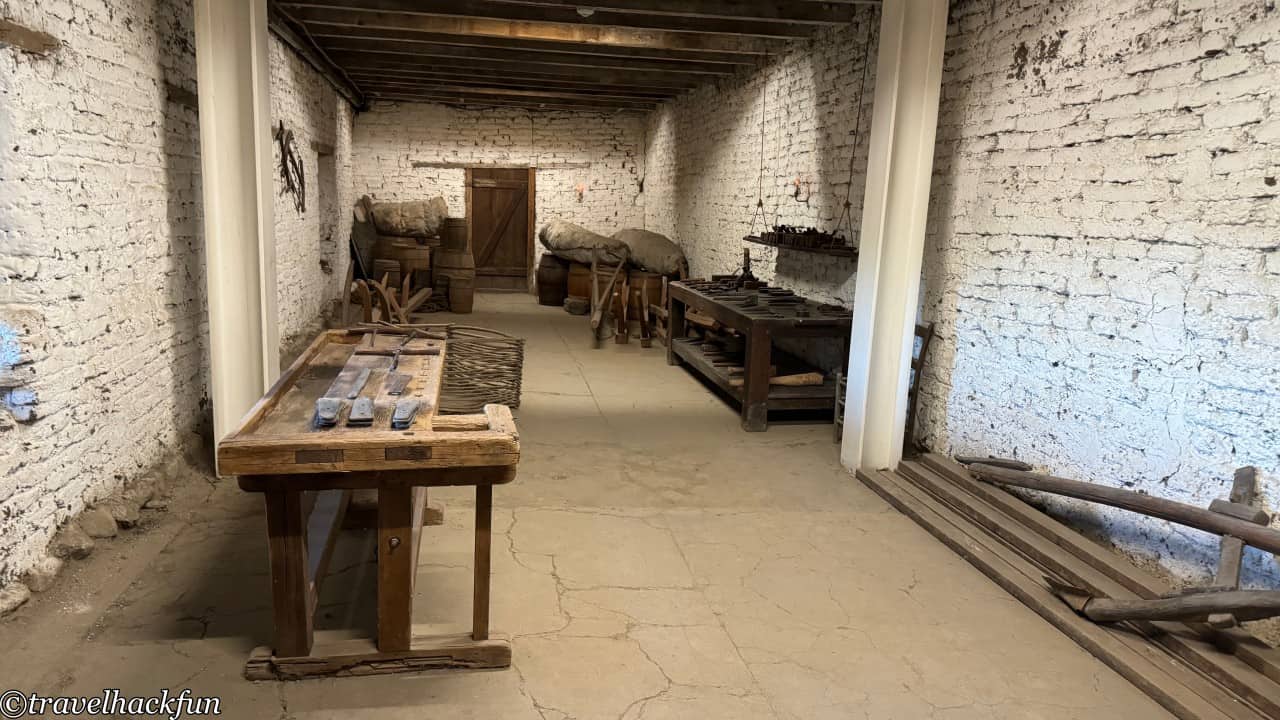
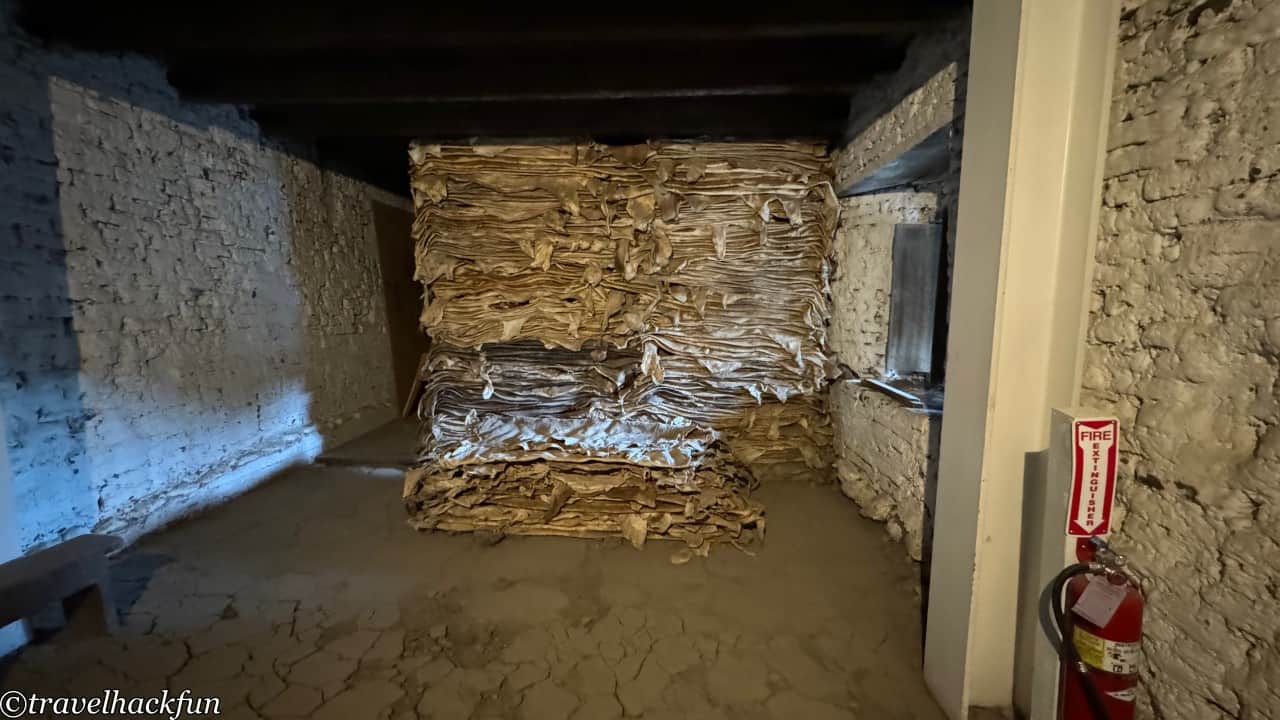
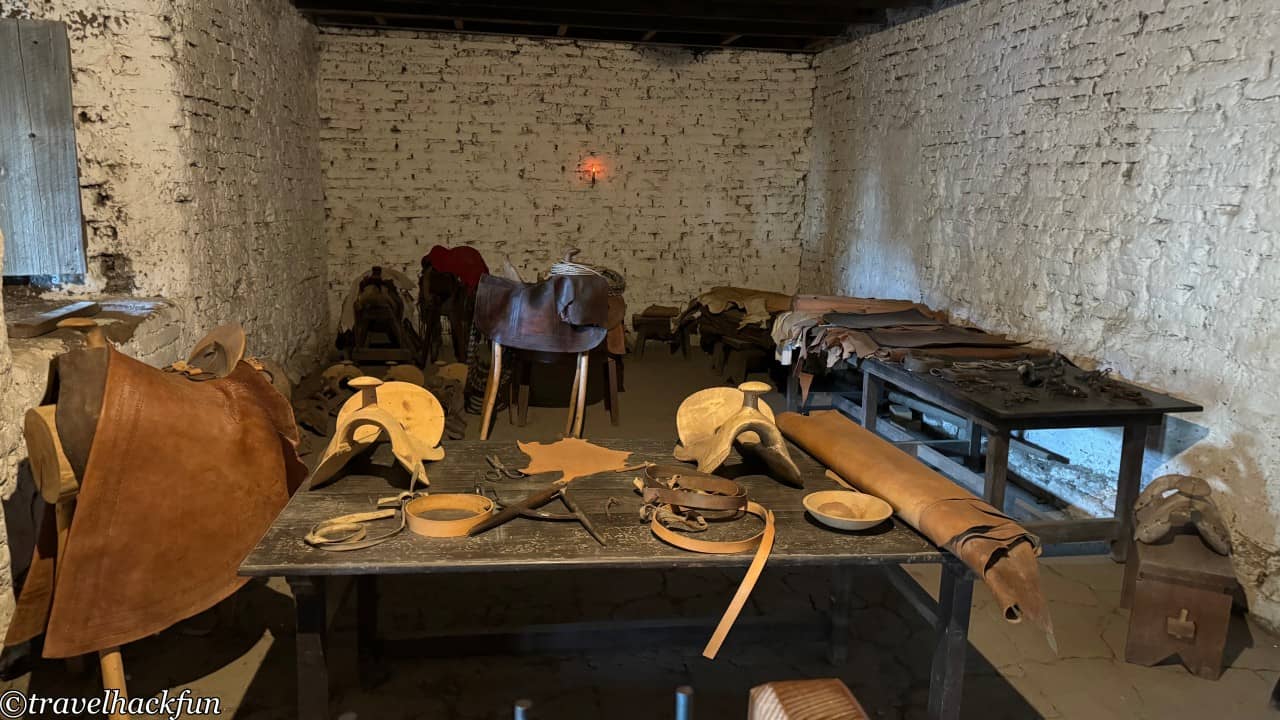
Due to the vast size of the ranch and the numerous workers employed here, there are various types of dormitories. Married workers and single workers receive different accommodations. Single workers typically share a common room and sleep on mats, with limited privacy. Married workers, although they share living quarters, have some level of privacy with curtains, and those with better treatment may even have beds.
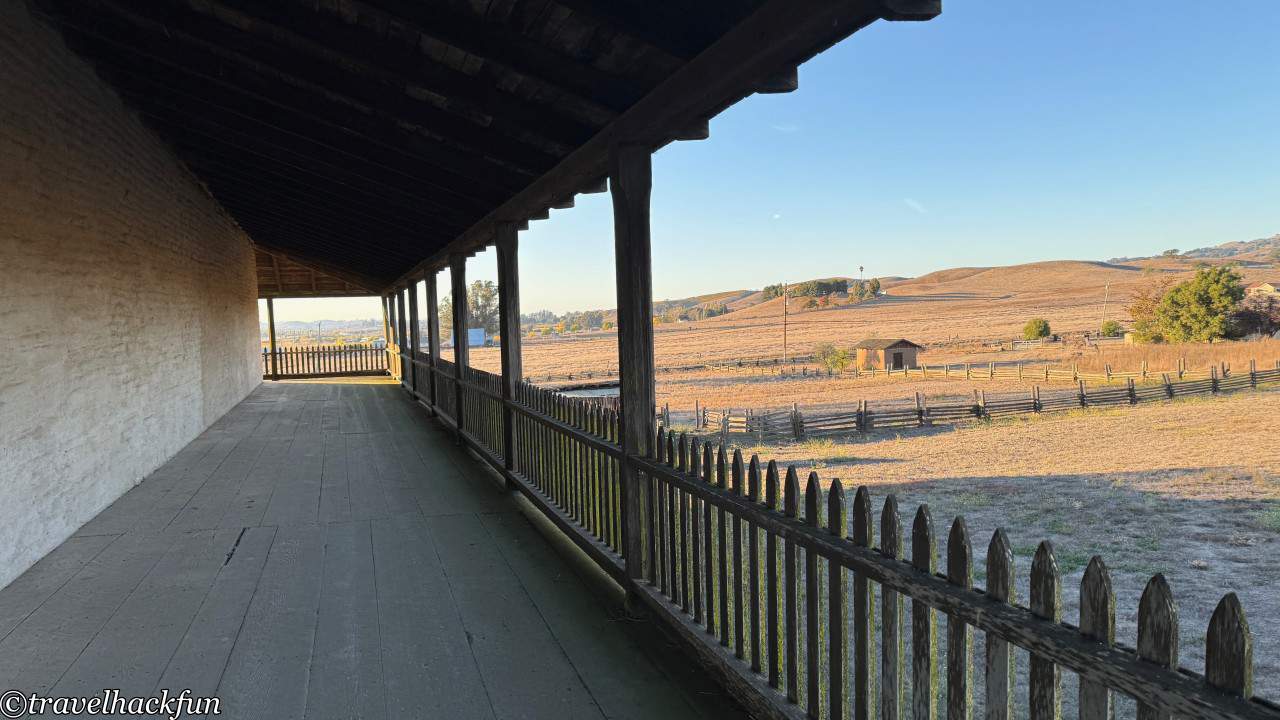

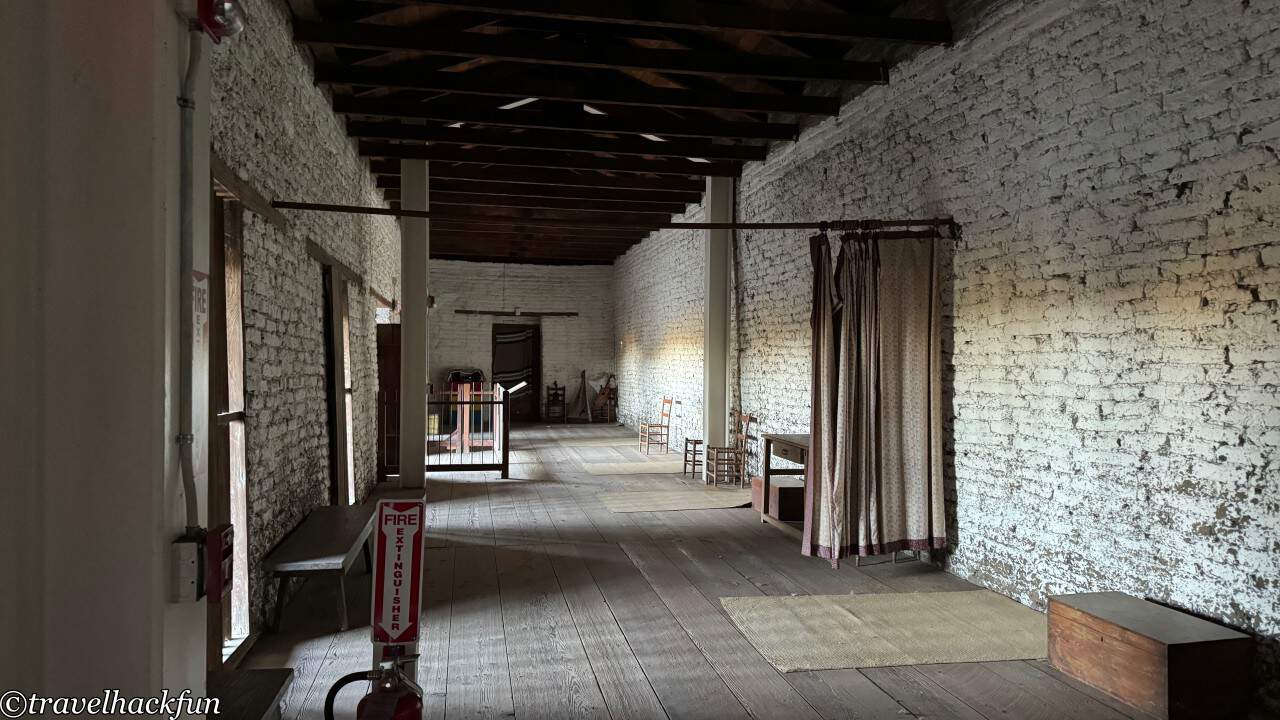

Of course, there are also higher-ranking employees, such as ranch managers, who are provided with more luxurious accommodations. Apart from having their own room, these accommodations feature decorative elements on the ceiling and walls, not solely adobe walls. Leather decorations adorn the doors, indicating a higher status.
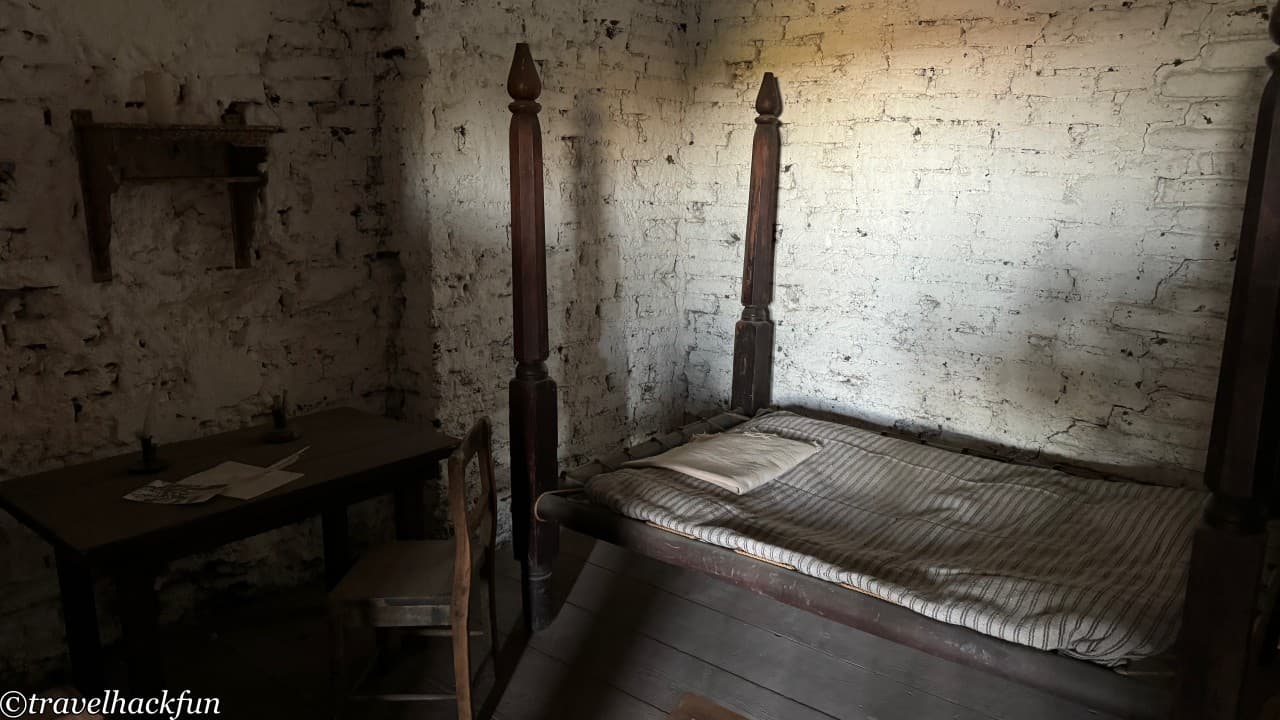
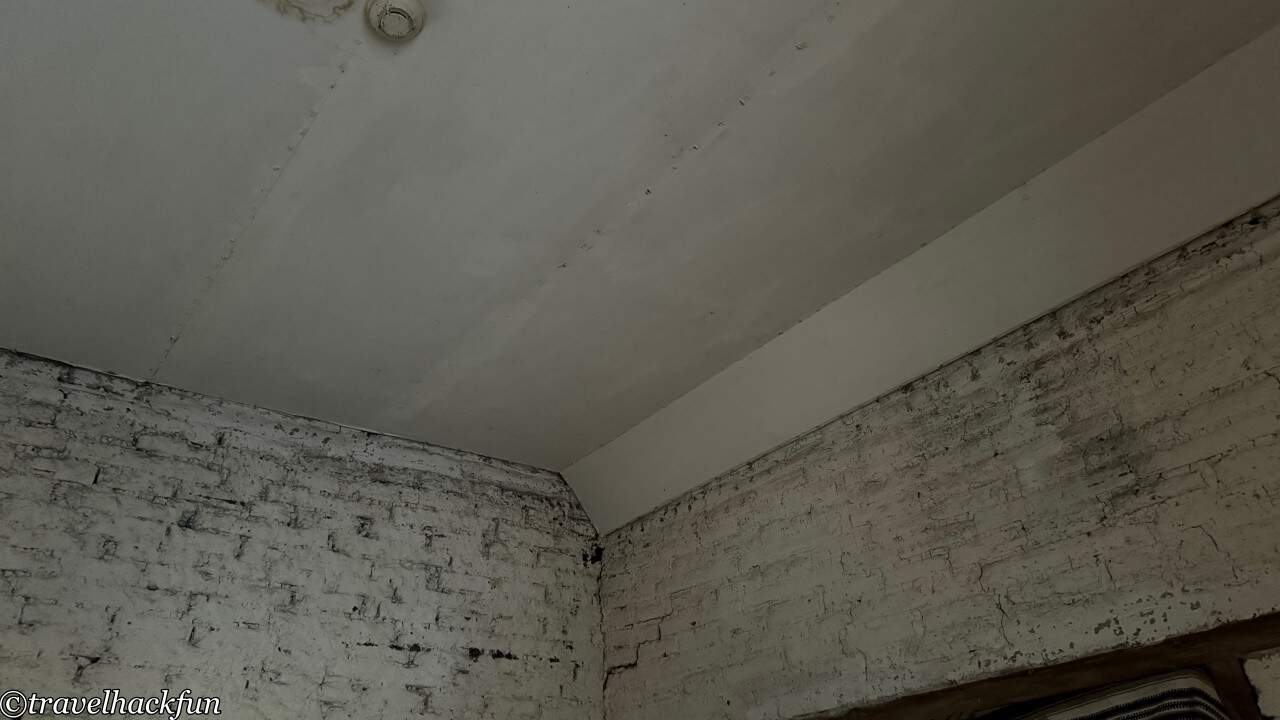
As for the Vallejo family members, they didn't reside here most of the time, but they still had the habit of treating the ranch as a villa and entertaining guests here. Therefore, the portion of the buildings used by the family exhibits a noticeably higher level of luxury. The walls are smooth and painted, and there are some high-quality household items visible. In particular, the dining room, used for entertaining guests, features abundant painted decorations and mirrors to enhance brightness. Several chairs are arranged along the walls, supposedly so that Vallejo himself could sit quietly and read a book when he wanted to rest during gatherings. (It's akin to modern-day people stepping aside to check their phones, perhaps?)

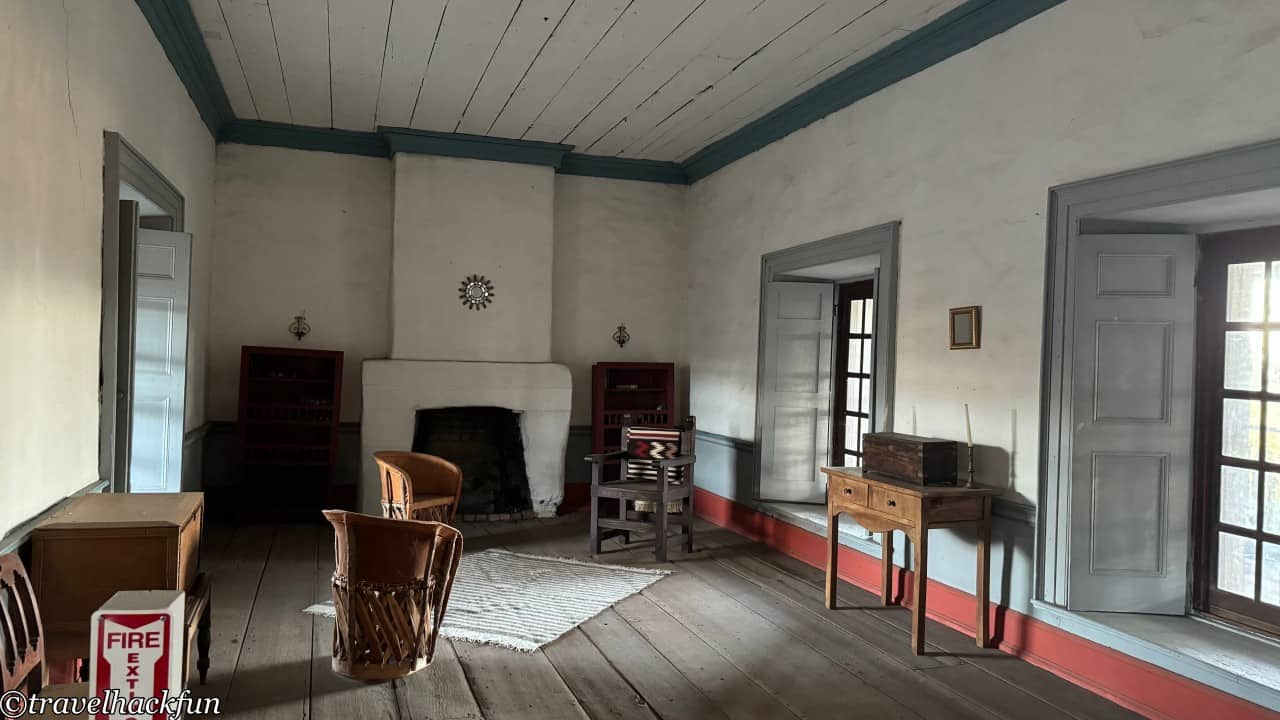
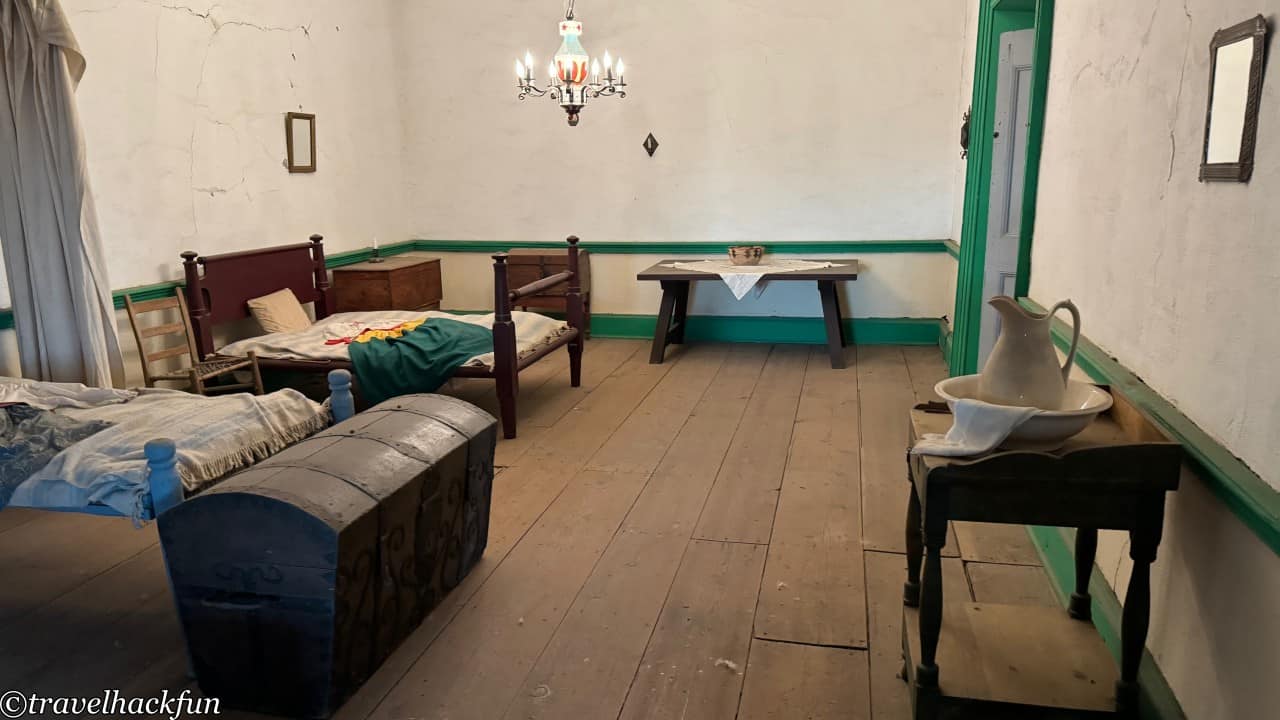
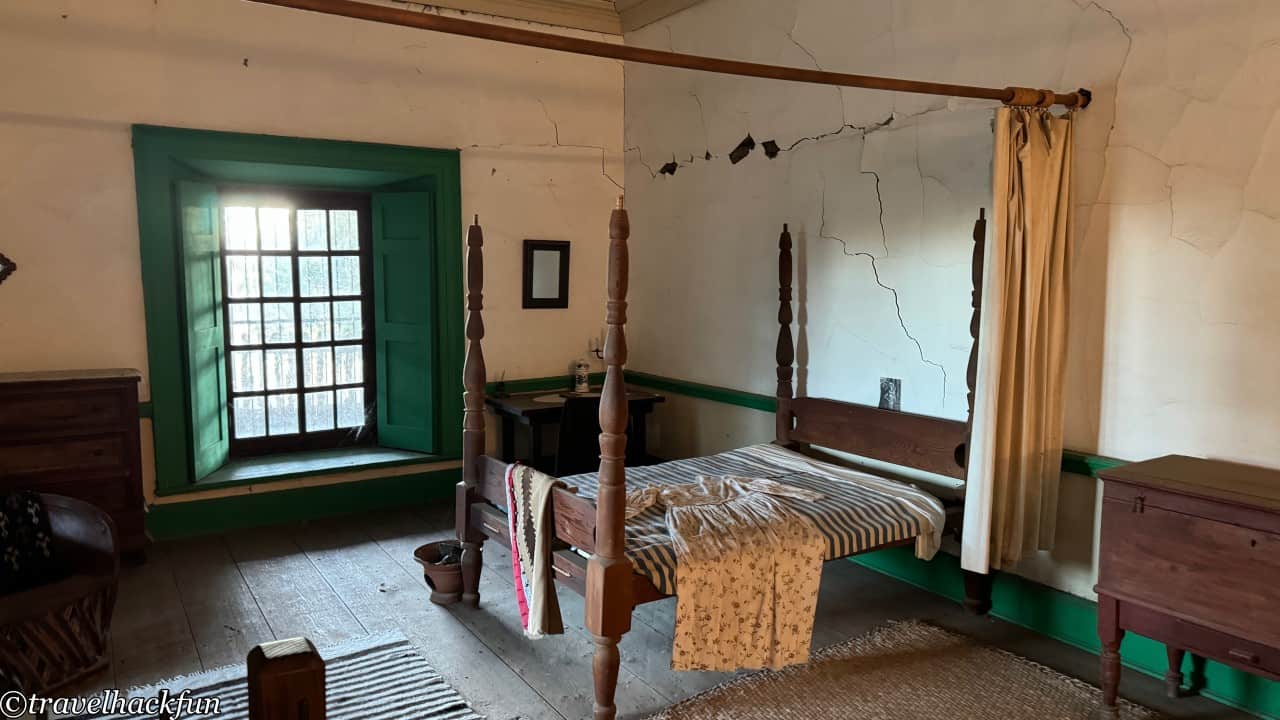
Further reading
- More Northern California posts
Thank you for visiting our website.
All the content on this site is original and shared with the purpose of providing valuable information. We sustain the operation of this site through a small amount of advertising and sponsored links. If you click on links to third-party merchants on our site and make purchases, we may receive a portion of the sales as a commission. If you click on links to third-party merchants on our site and make purchases, we may receive a portion of the sales as a commission.
Find more posts on a map Here.
My recommended resources for hotel bookings.
Recommended travel credit card for US-based travelers
Travel with just a backpack!
Buy me a coffee and support my contents!
If you are interested in quoting this article or using any part of its content and images on your website or publication, please contact us via email to request permission.